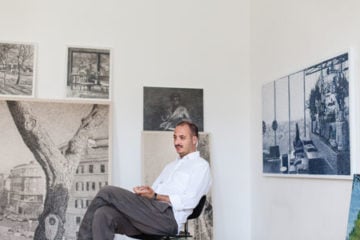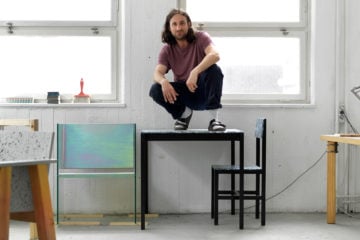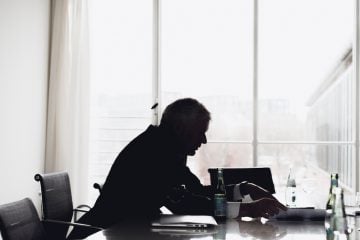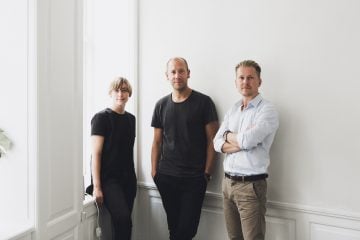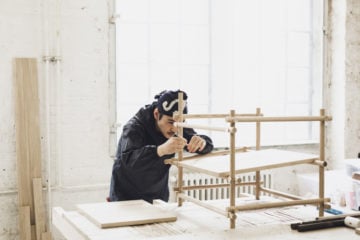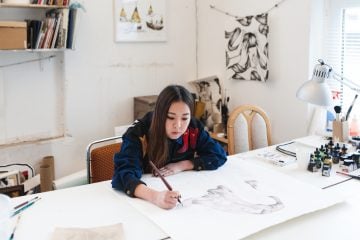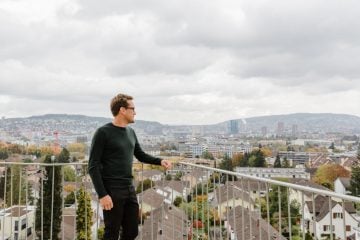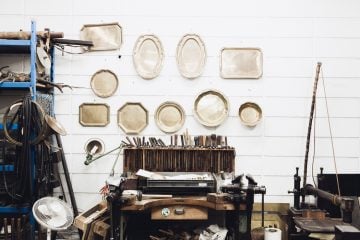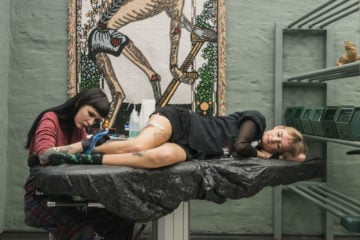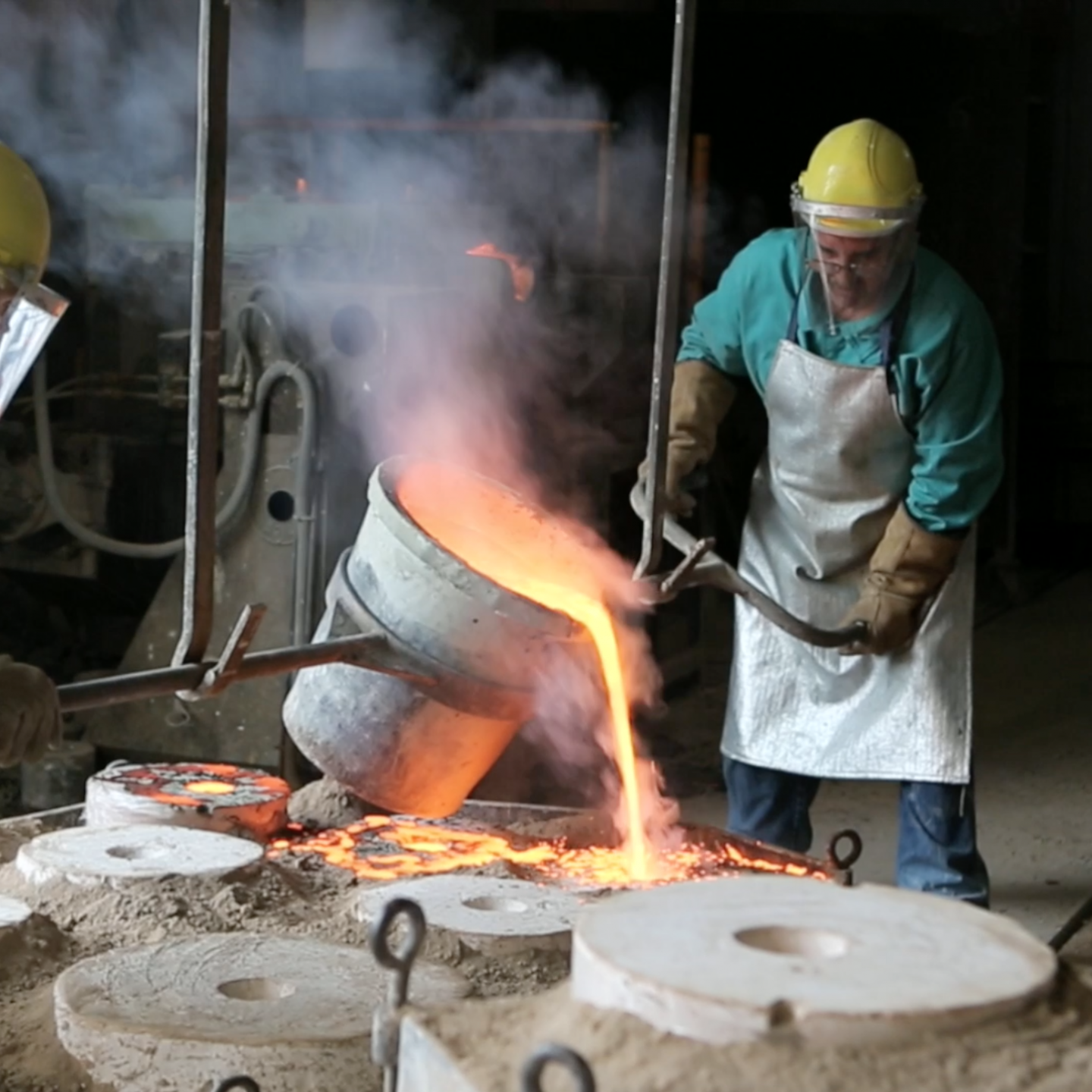
A Visit To The World’s Oldest Bronze Casting Foundry
- Name
- Camilla Bonzanigo · Fonderia Artistica Battaglia
- Images
- Jessica Pepper Peterson
- Words
- Anna Dorothea Ker
Recently, while in Milan, we visited the world’s oldest bronze foundry—the Fonderia Artistica Battaglia, which has been casting sculptures with wax since 1913.
Firmly rooted in this intriguing ancient tradition, the foundry is quietly bringing this lost art into the 21st century. Alongside its core casting practice—spanning sculpture, restoration and art, and design—the foundry also offers artist residencies, exhibitions and events, design collaborations, and is in the process of compiling a historical archive to document materials, processes, and techniques for the next generation of bronze artisans.
We were lucky enough to be shown around the Wunderkammer that is the foundry by Camilla Bonzanigo, Head of Culture and Development, who shared with us the foundry’s rich history, its contemporary collaborations, and ‘the intelligence of the fingertips’ of its artisans.
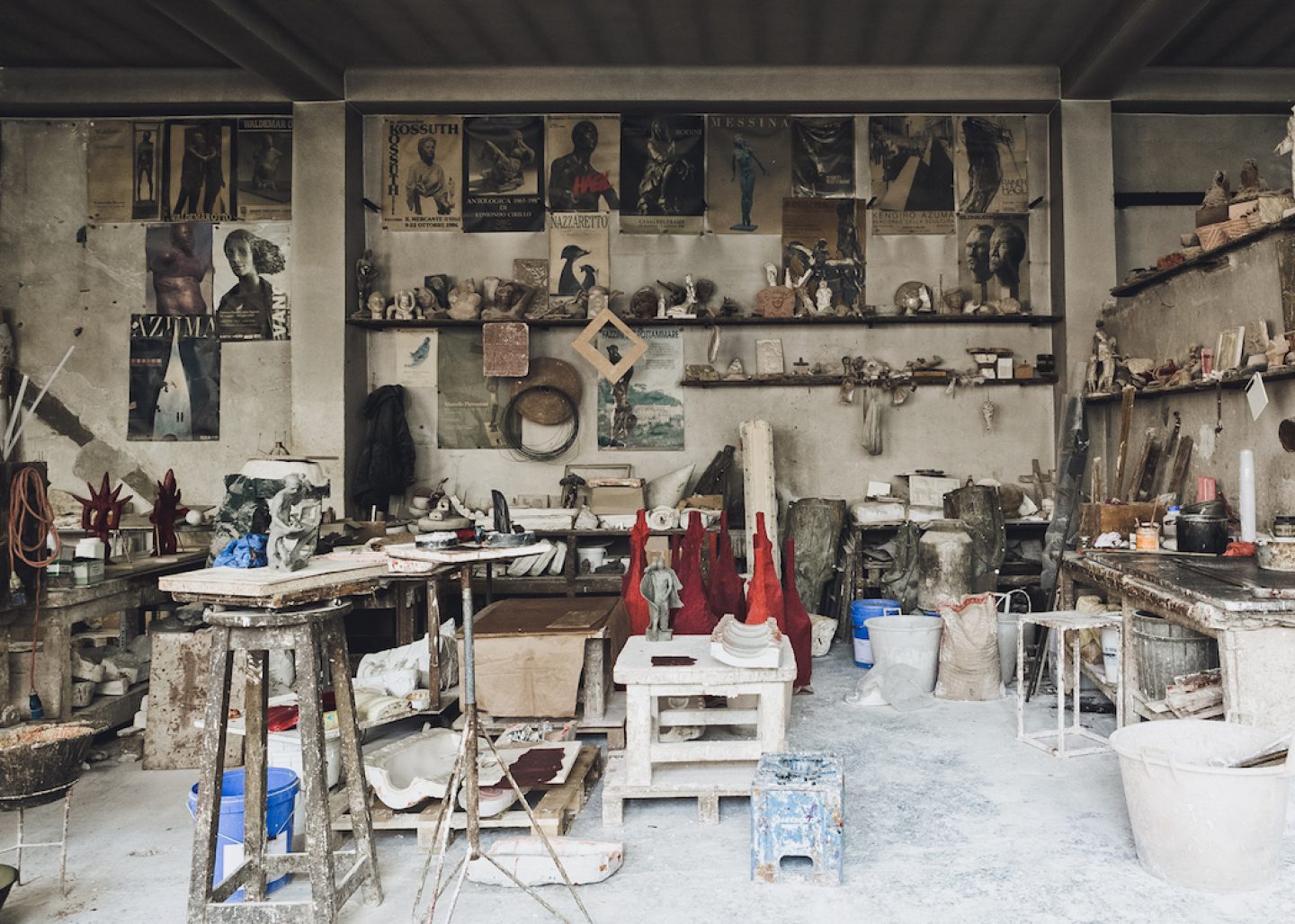
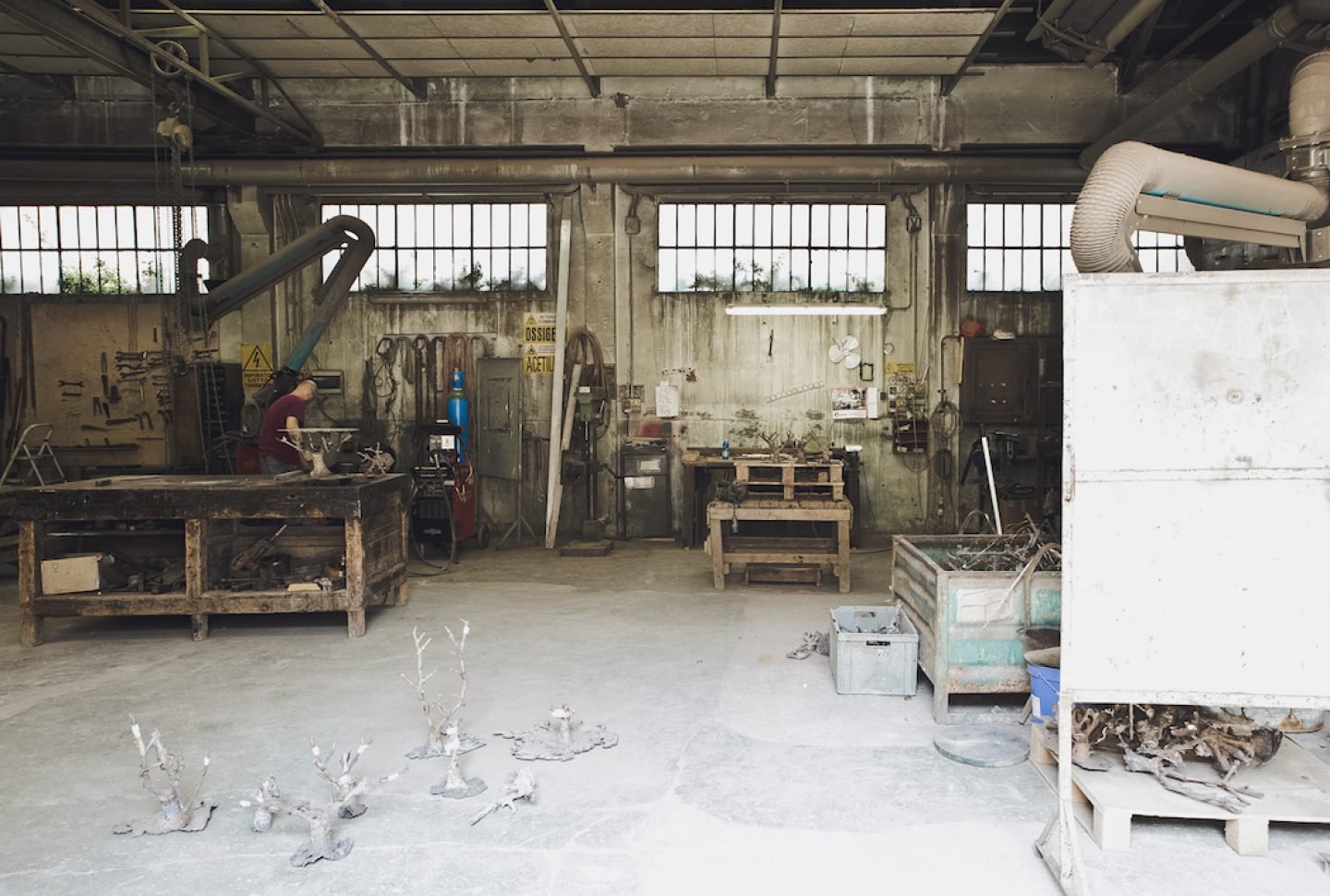
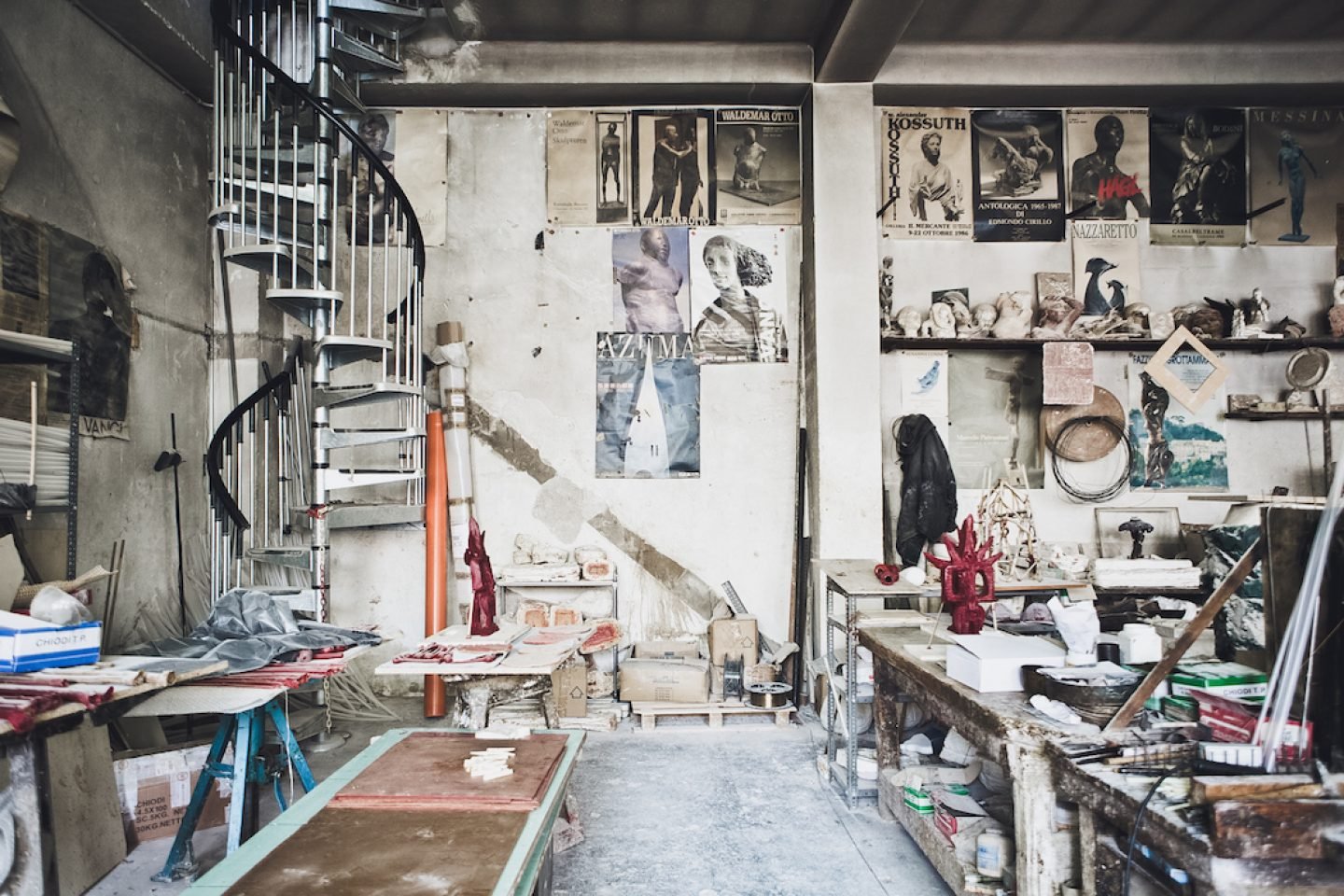
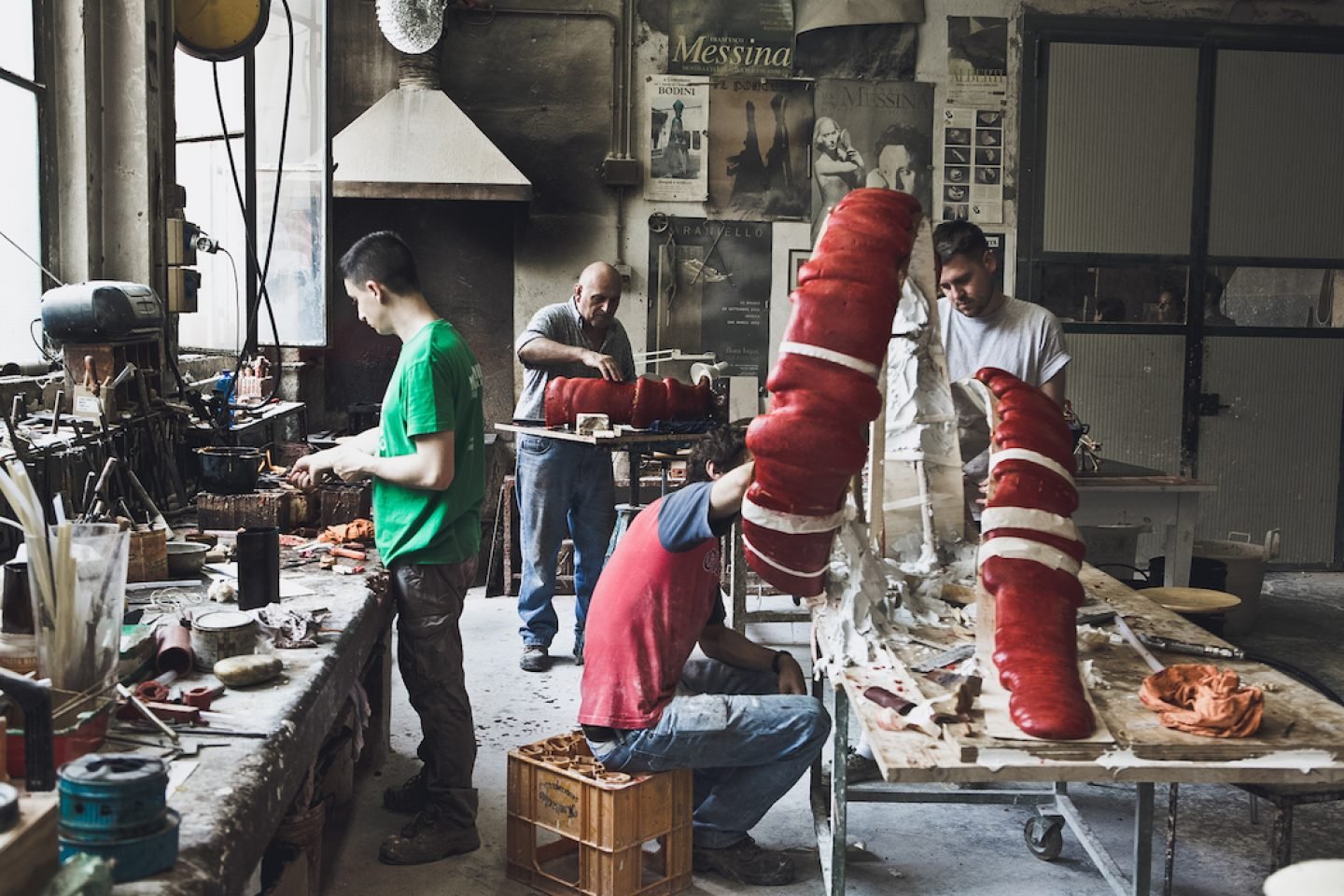
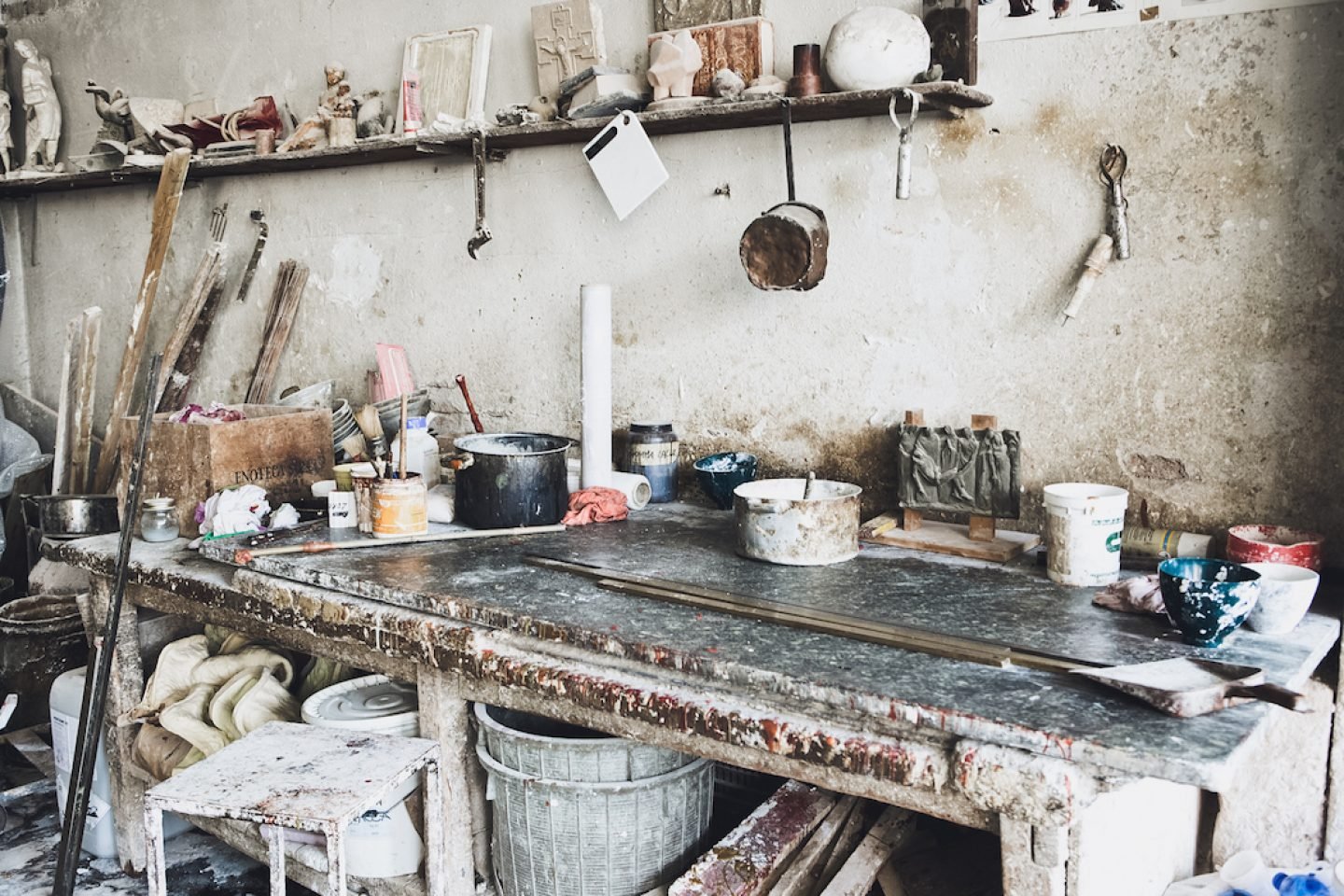
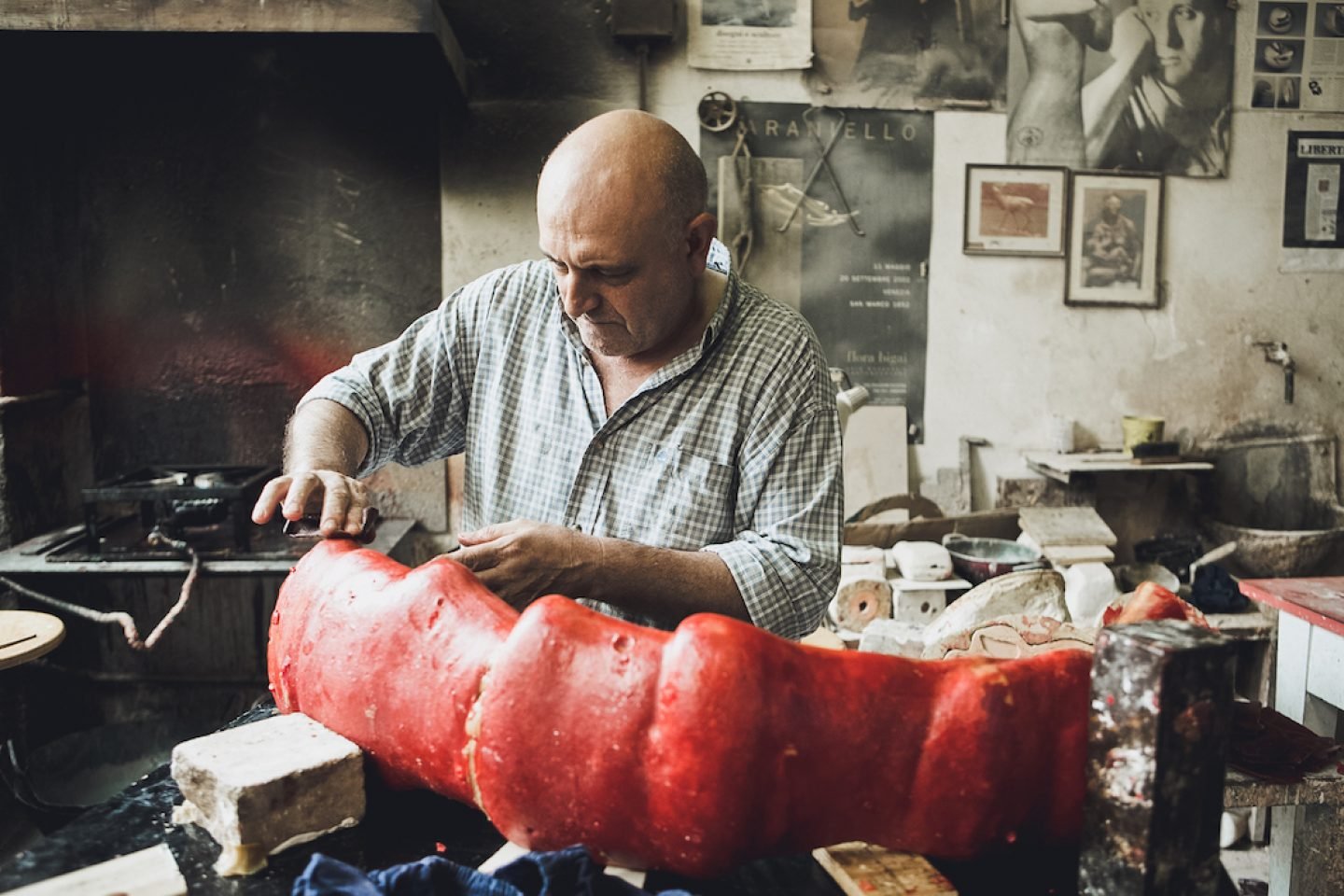
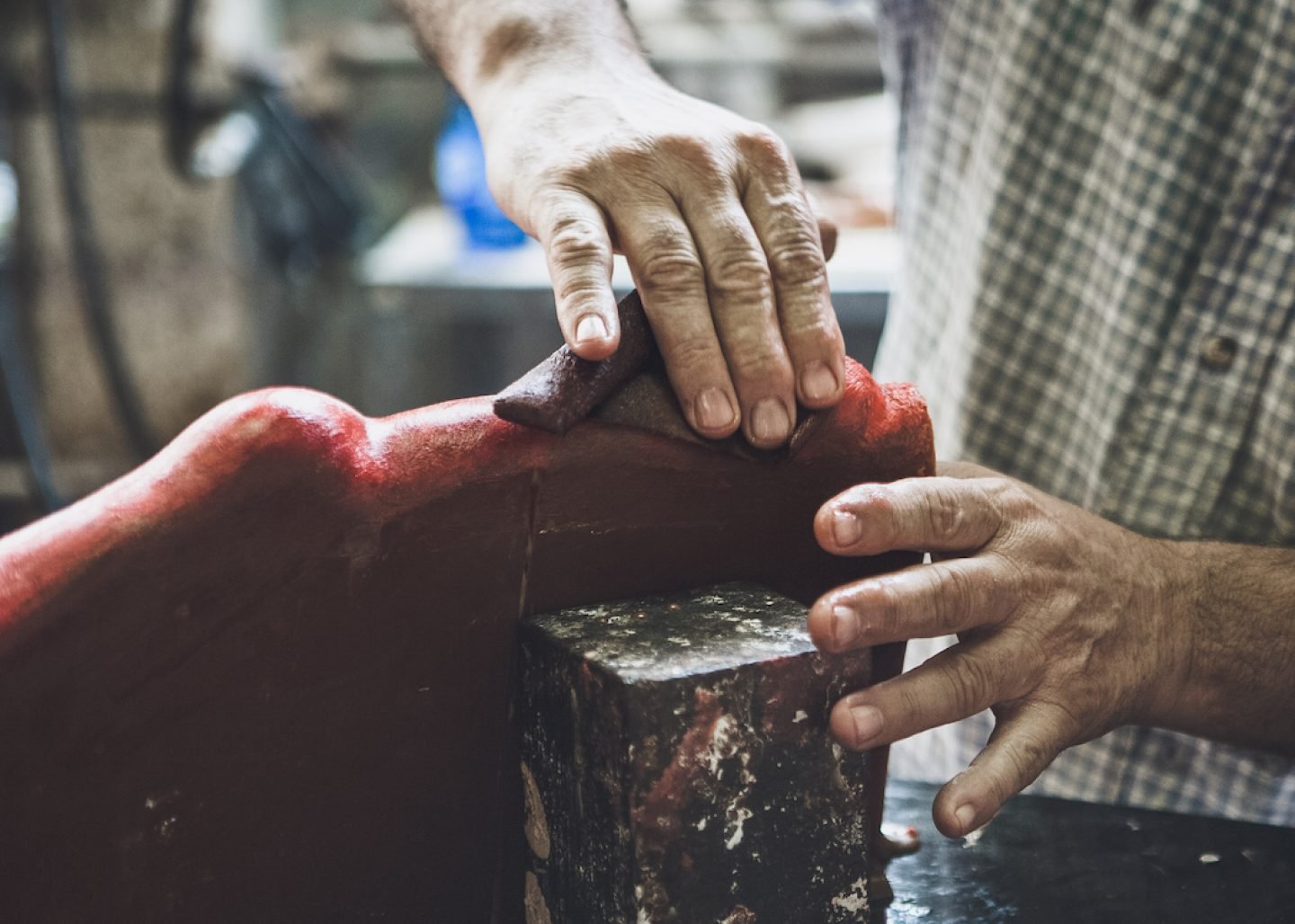
For those unfamiliar with lost wax casting, can you give us an insight into the process?
“The easiest way to describe is this process of positive and negative.”I think the most important thing to talk about is the age of the technique. So it started almost 5,000 years ago, which is kind of magical because there’s this association between materials that are very precious. All around the world casting is a bit different—if you look at South America or Asia, say—because it depends on the local resources. In Italy, you can image the tradition behind it—but the easiest way to describe is this process of positive and negative. So it’s about losing and finding the form during the process. You start with the positive – the idea, let’s say – and then you take the anti-form, the negative, and from then the production goes to the hands of the artisan.
The relation between the artist and the artisan is very mystical. We need to adapt to technical issues all the time, to solution finding. It’s always been a manual tradition—everyday is a new day, and it’s very difficult to make plans because it depends on the will of the artist. The only complicated issue I see today is that of moving the knowledge from the masters to the apprentice because there are fewer and fewer younger craftspeople who are willing to commit to one task. But I’m realizing now that it goes both ways: That the apprentice has something to teach the master too, which is a refreshing process. It’s very beautiful.
The difference between our foundry and most others in Europe is that we are keeping alive an ancient tradition. Many foundries have had to compromise for technical and economic reasons, which is problematic, but we want to do it the old way because there is an aesthetic difference—it’s less competitive perhaps, but better in terms of the quality. We try to keep things complicated—we’re always on the edge!
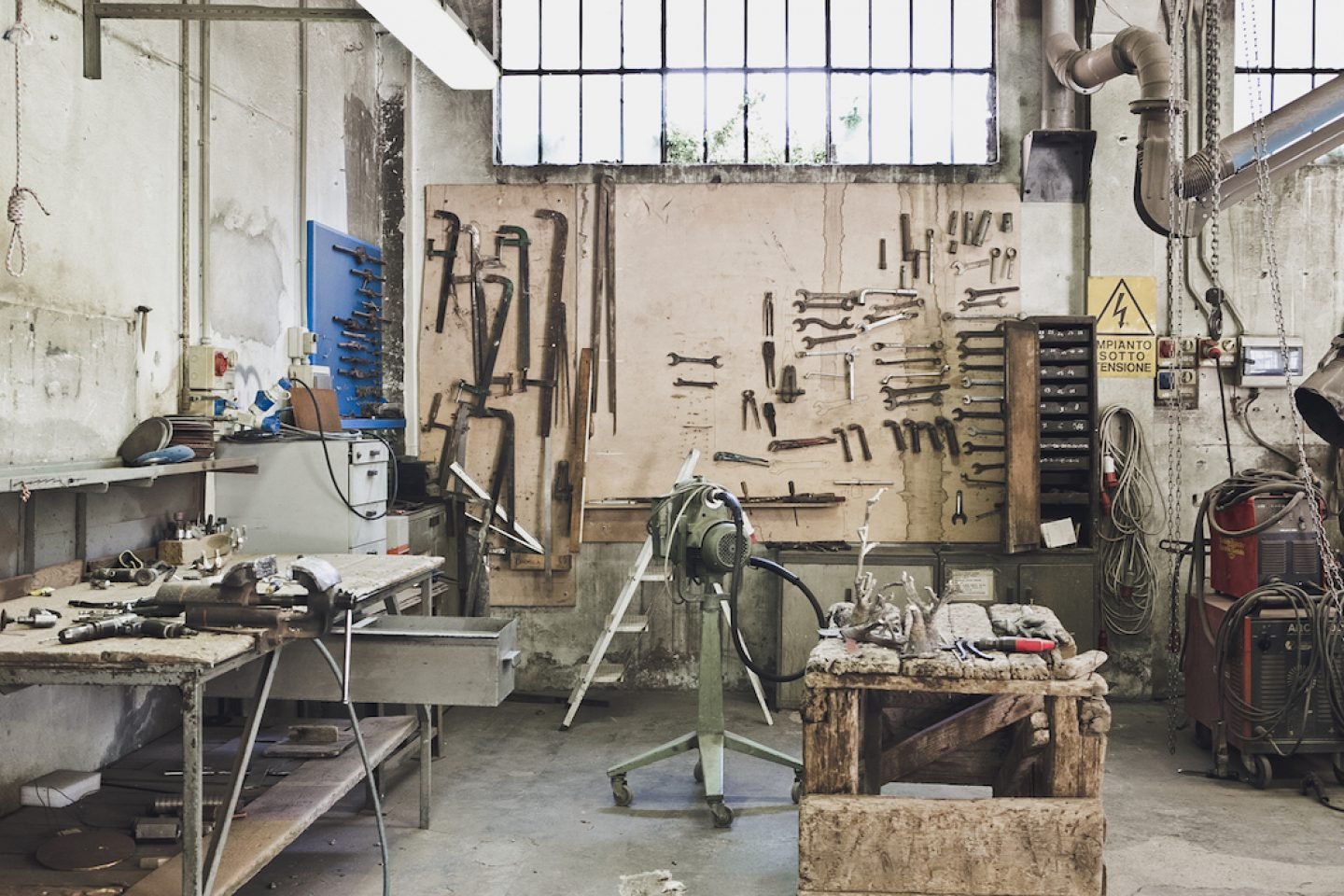
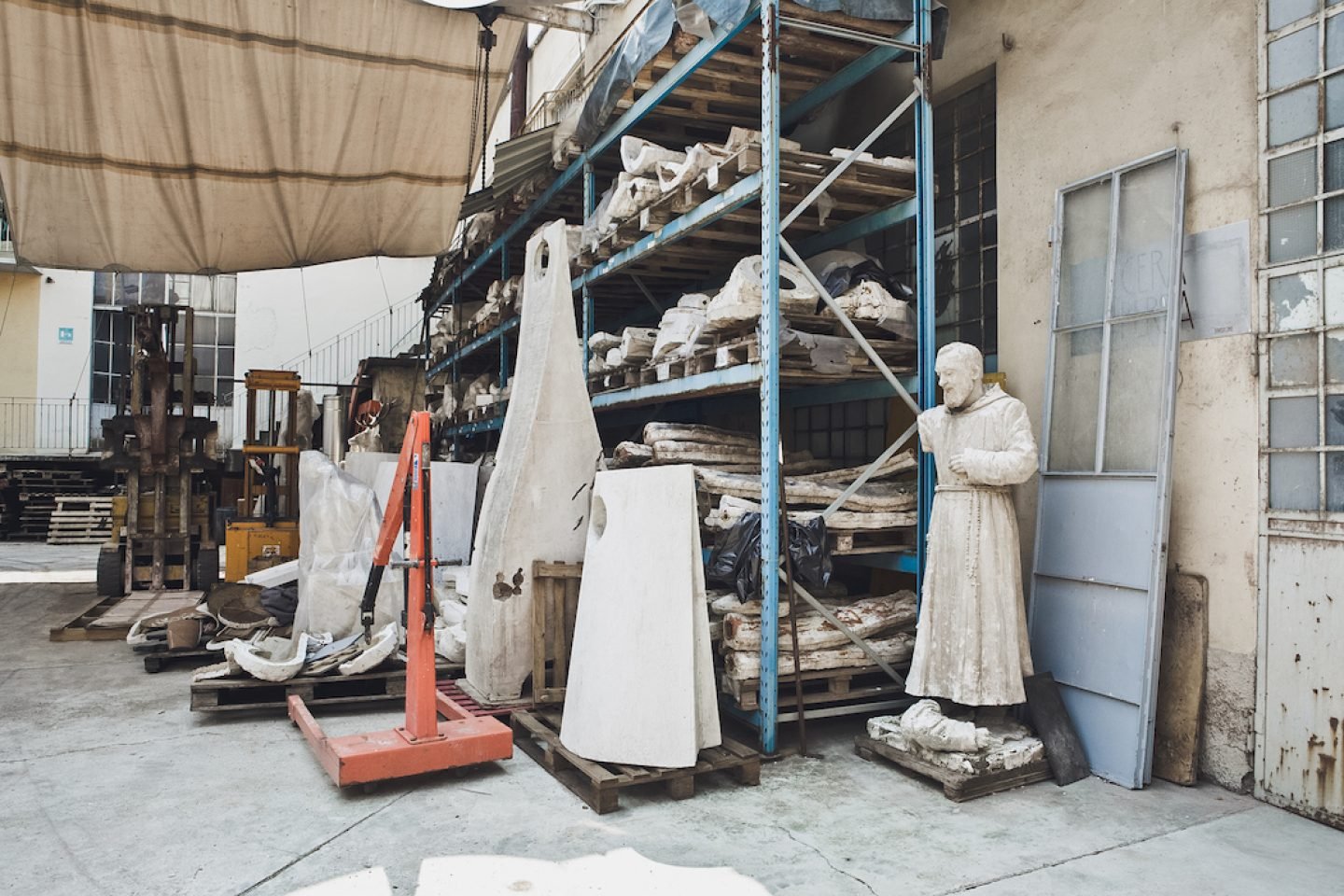
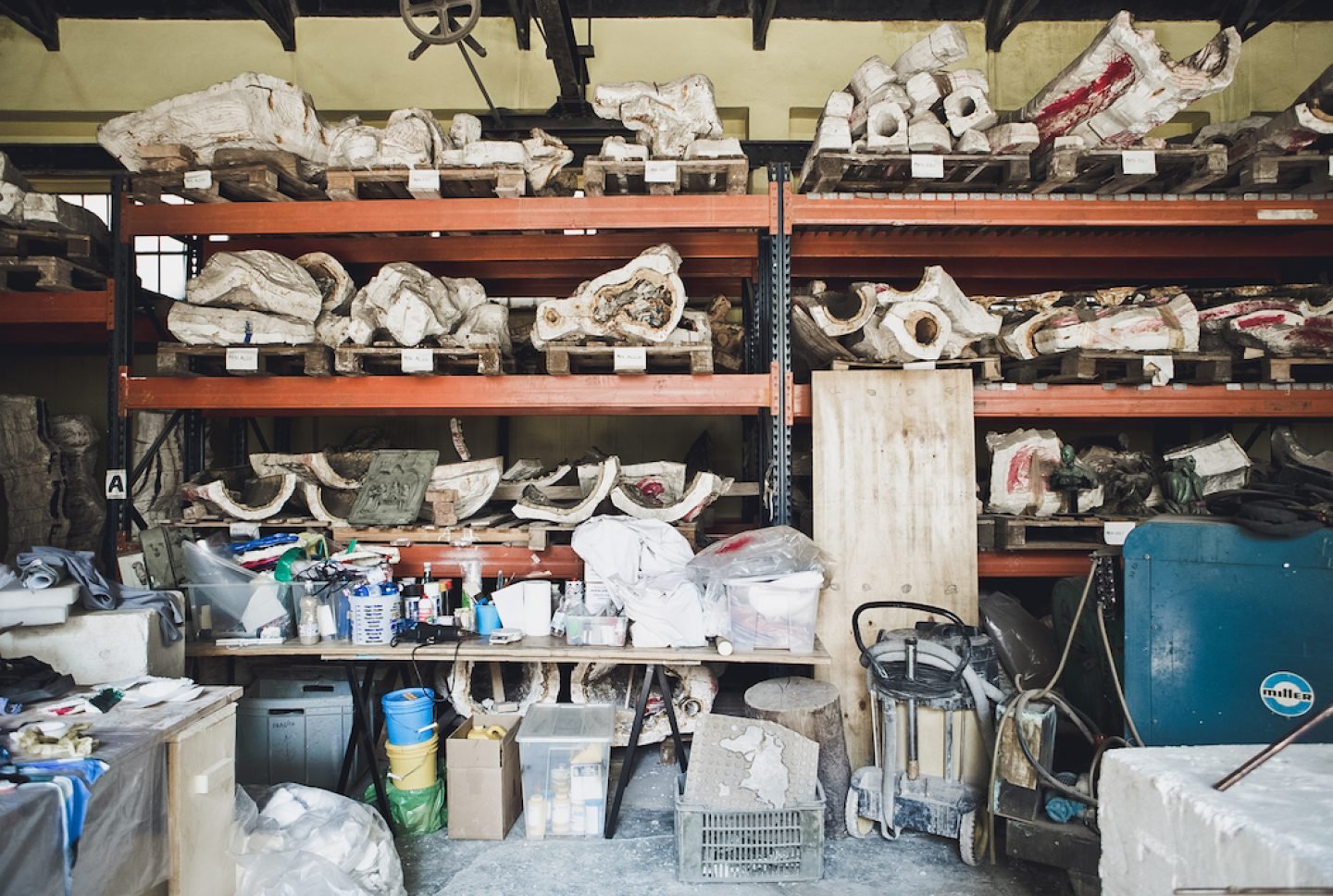
Established in 1913, your history is a long and rich one. Can you fill us in on a major historical project you’re particularly proud of?
Historical? Many! One I’m really interested in is the Byzantine horses in San Marco—one of the first restoration projects of the foundry in the 1970s, where the foundry was asked to make copies of the Byzantine horses on the Basilica. But they didn’t want to make a mould of the original ones, they asked us to remodel them—exactly the same. There was a lot of documentation re-enacting the form of the past with the technical skill of the foundry.
“For me, every day contains a little history. There’s always something going on!”Then we also have many historical monuments – lots of huge memorial sculptures because the foundry was born in 1913, so, of course, after a few years and also between the wars, memorials were the big focus. Then there was another period where all the European artists were coming to us – we’ve always very much moved with the aesthetics of the time. For me, every day contains a little history. There’s always something going on!
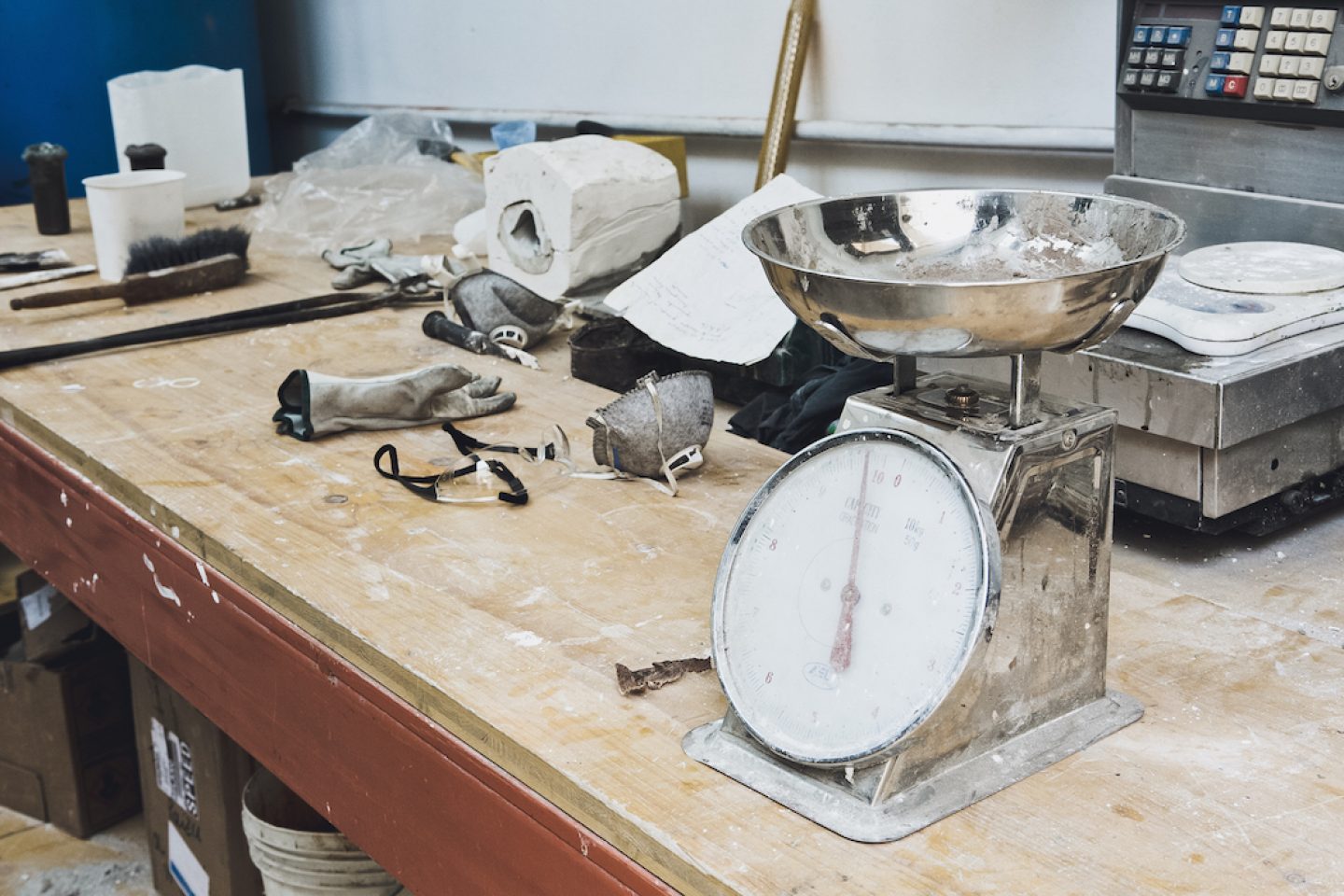
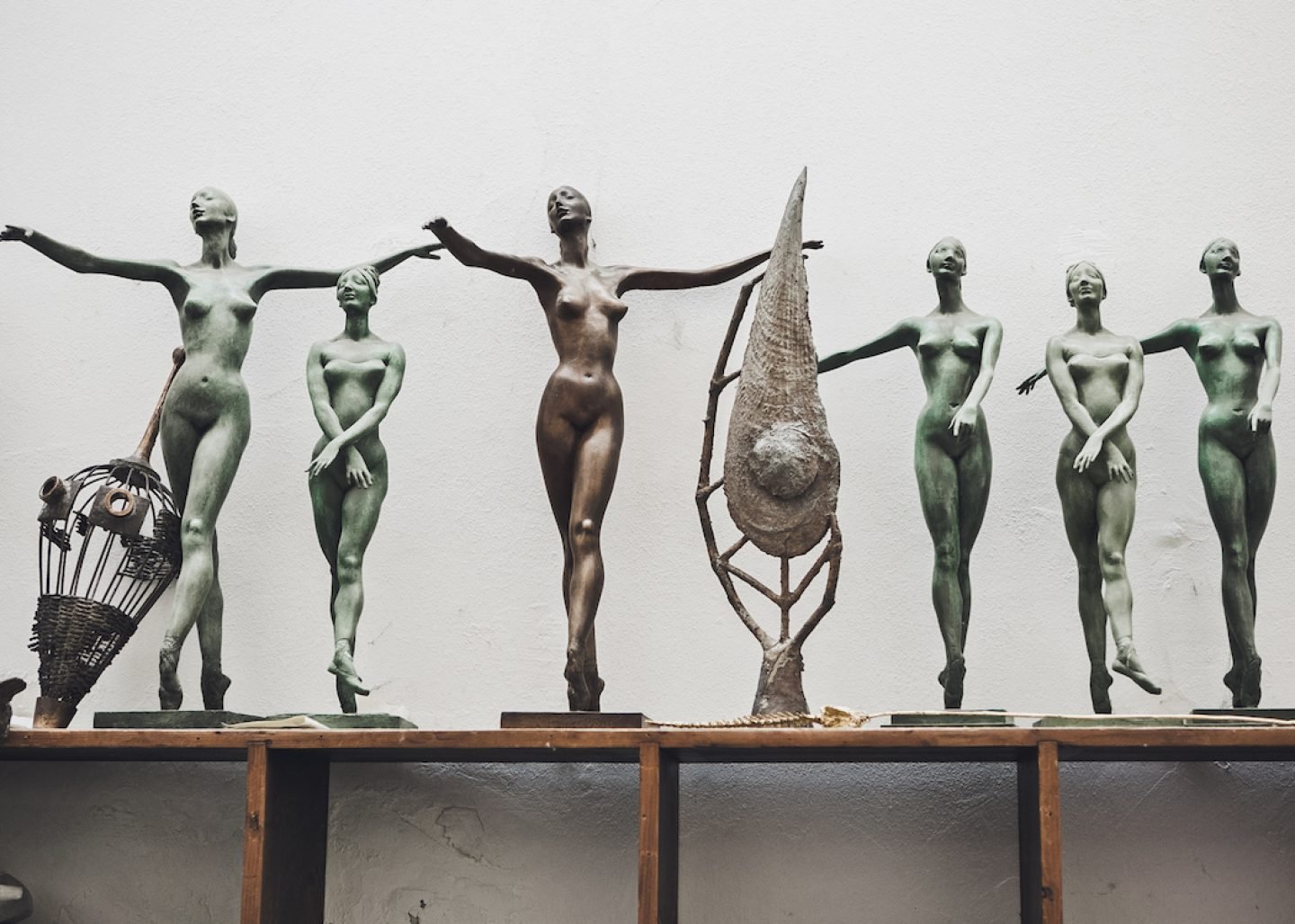
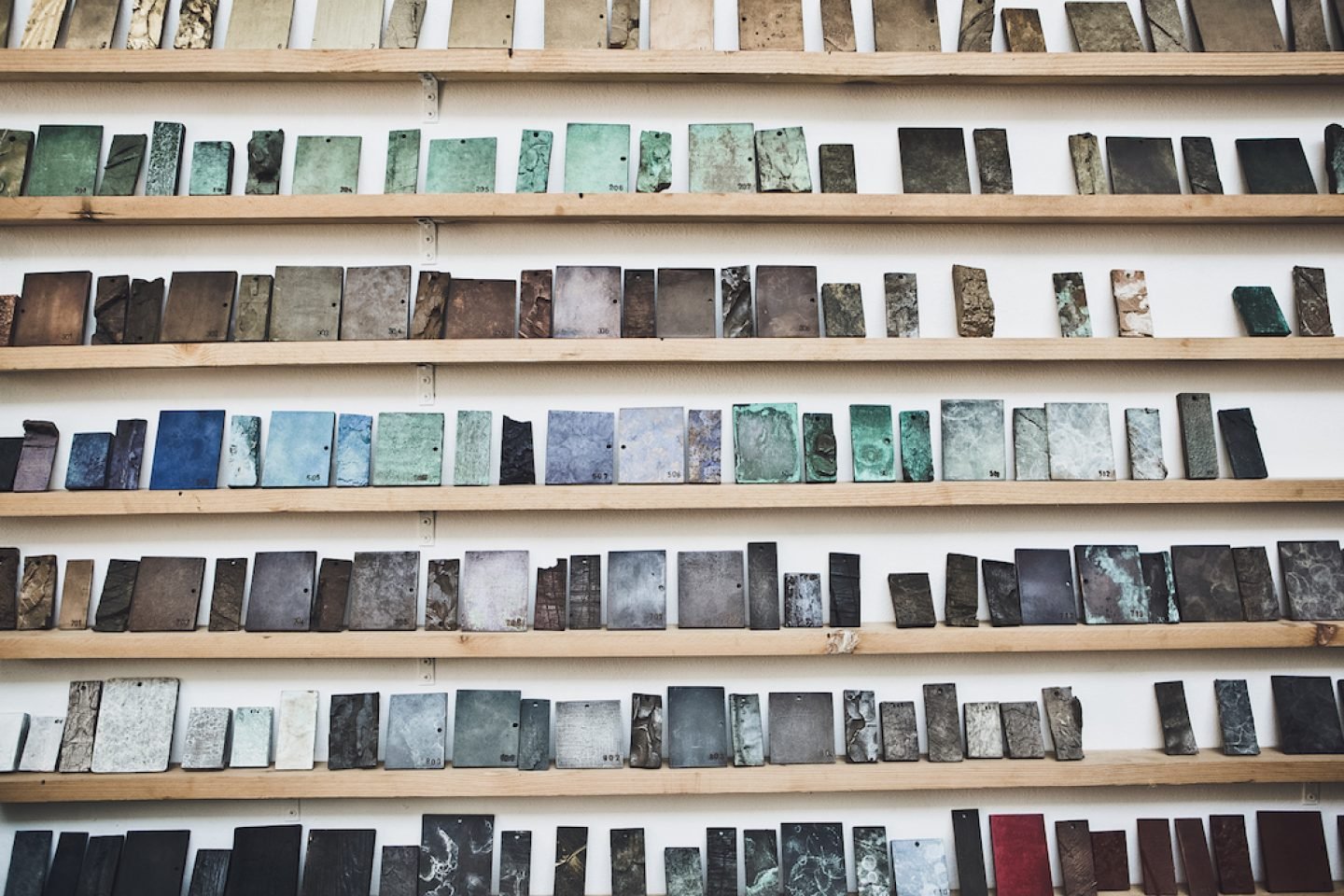
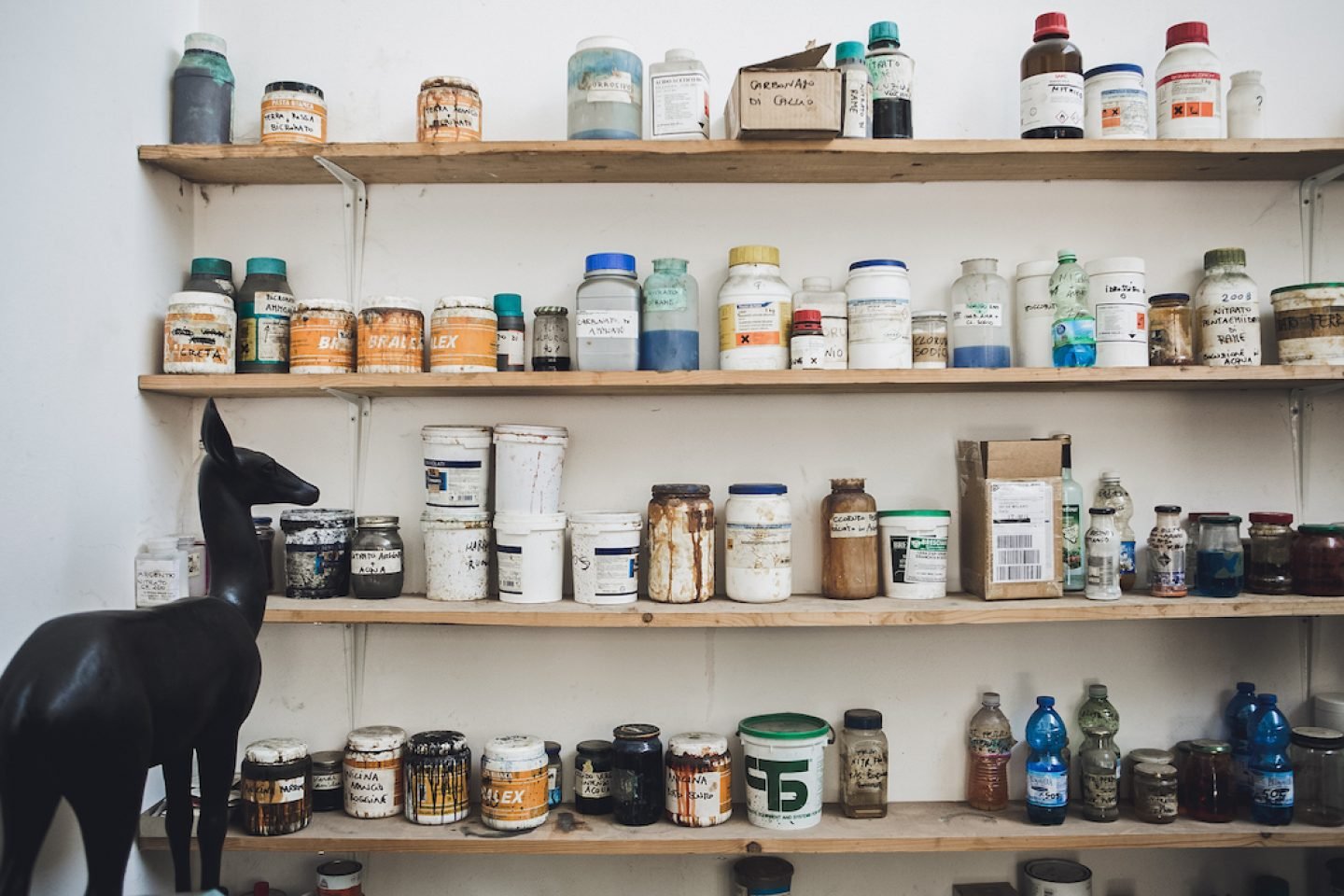
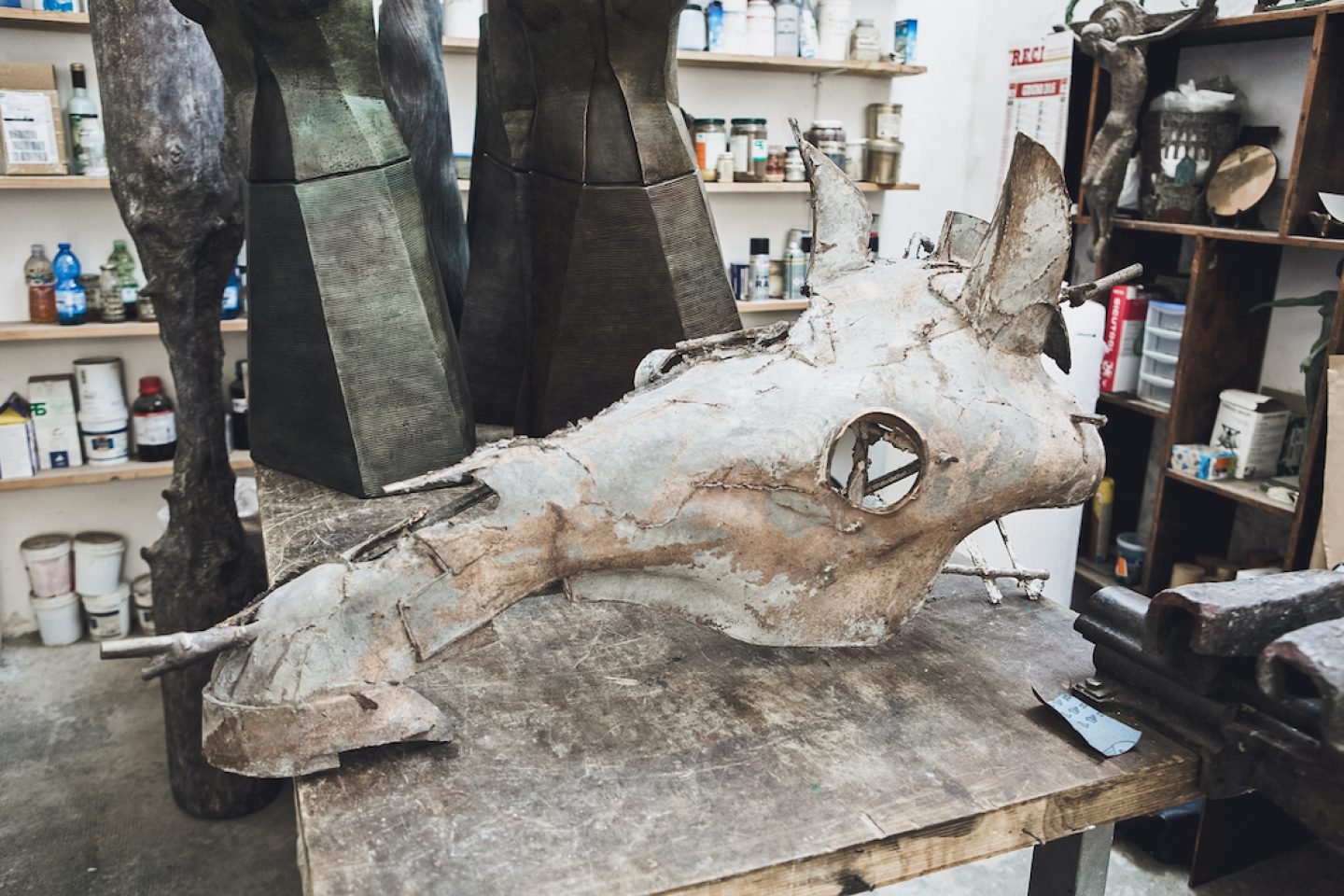
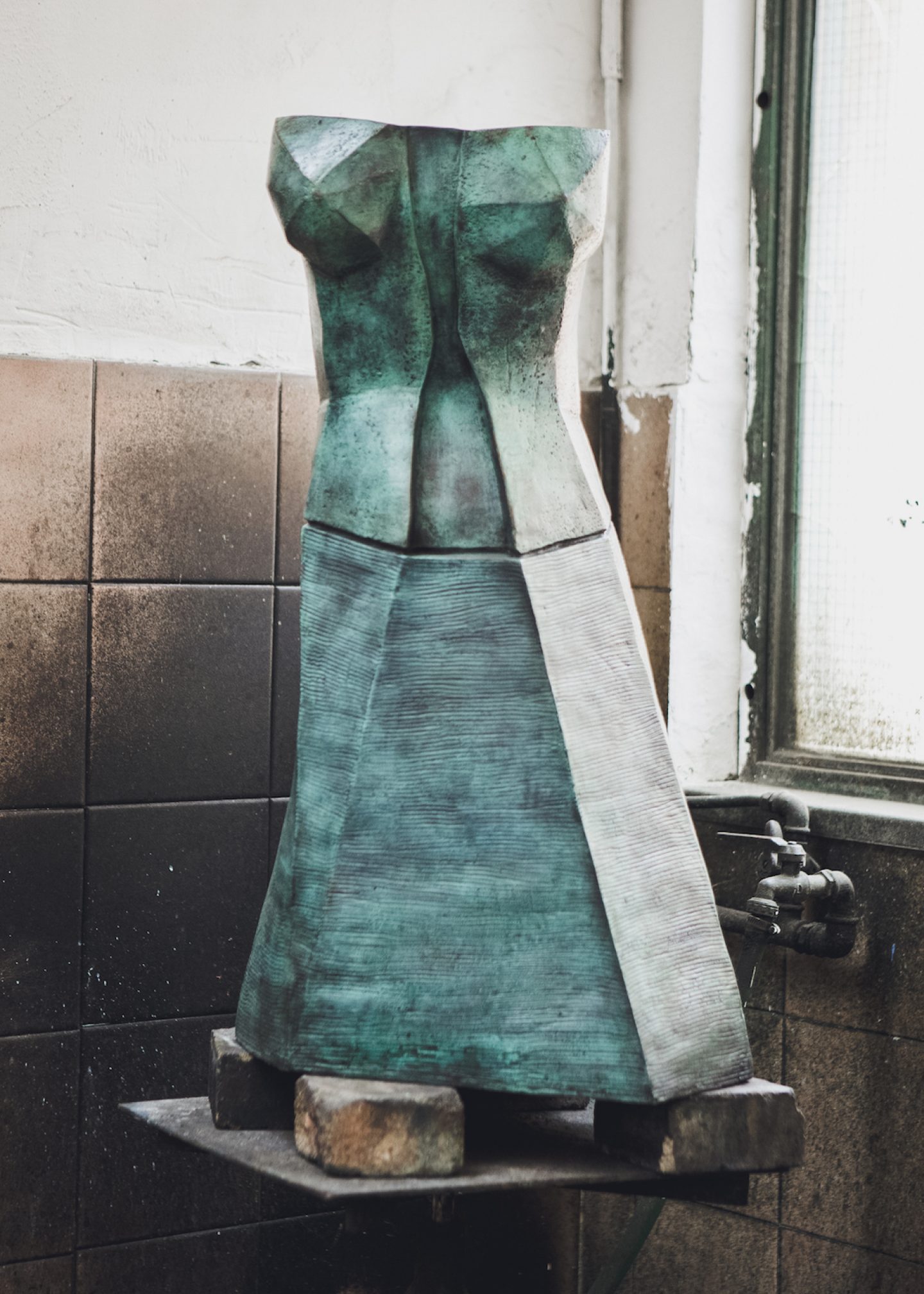
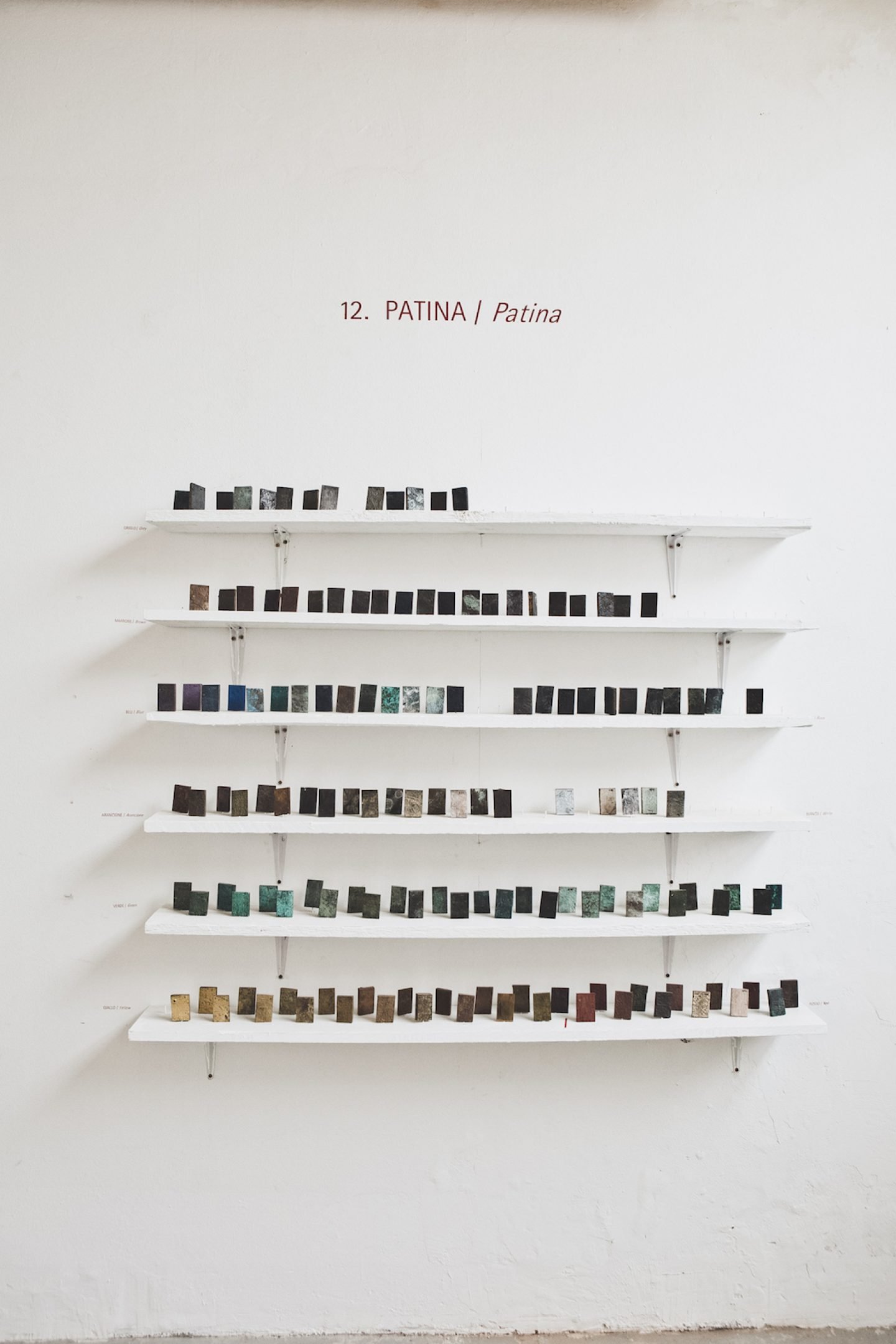
Can you talk to us about the machinery your artisans use?
“The rest is all done by hand and fire. We call it ‘the intelligence of the fingertips’.”This is part of the compromise I was talking about before: It’s mainly all done by hand, and the only difference between the past and today is that we have a branding oven that works with electricity. In the past they used to work with ovens with bricks to heat things up, and now we have this one. But that is the only machinery we use. The rest is all done by hand and fire. We call it ‘the intelligence of the fingertips’. This allows us to work according to the artists’ needs.
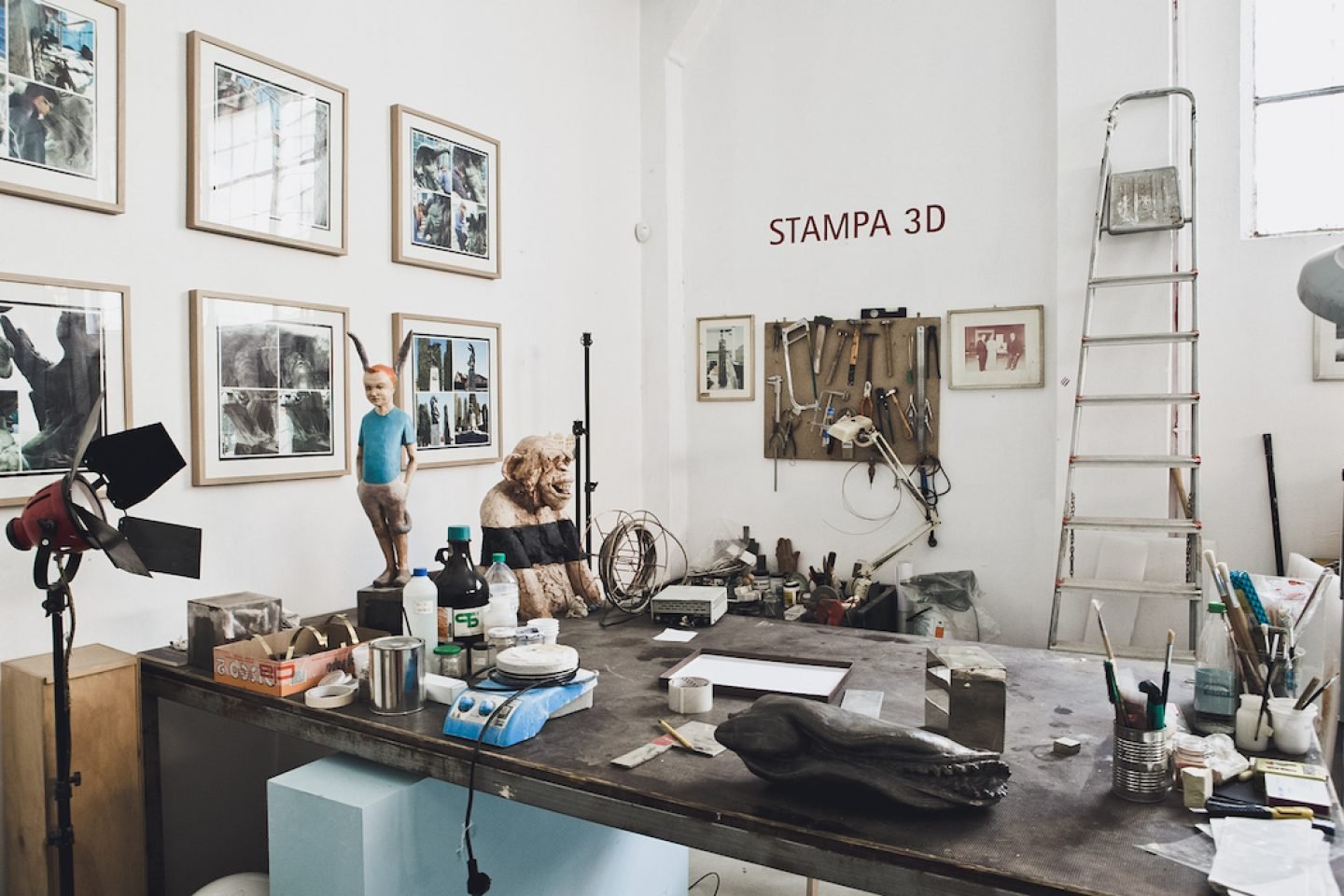
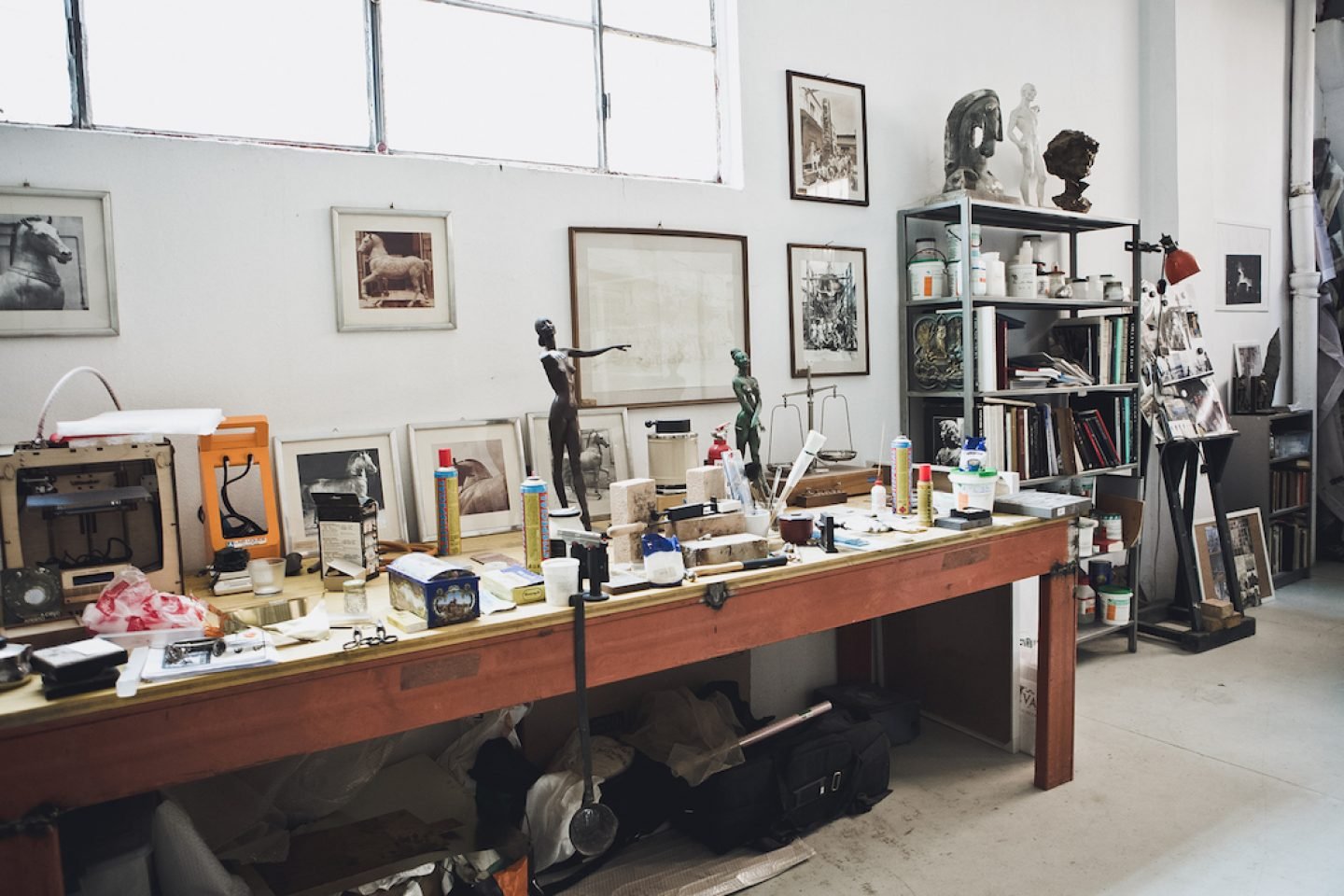
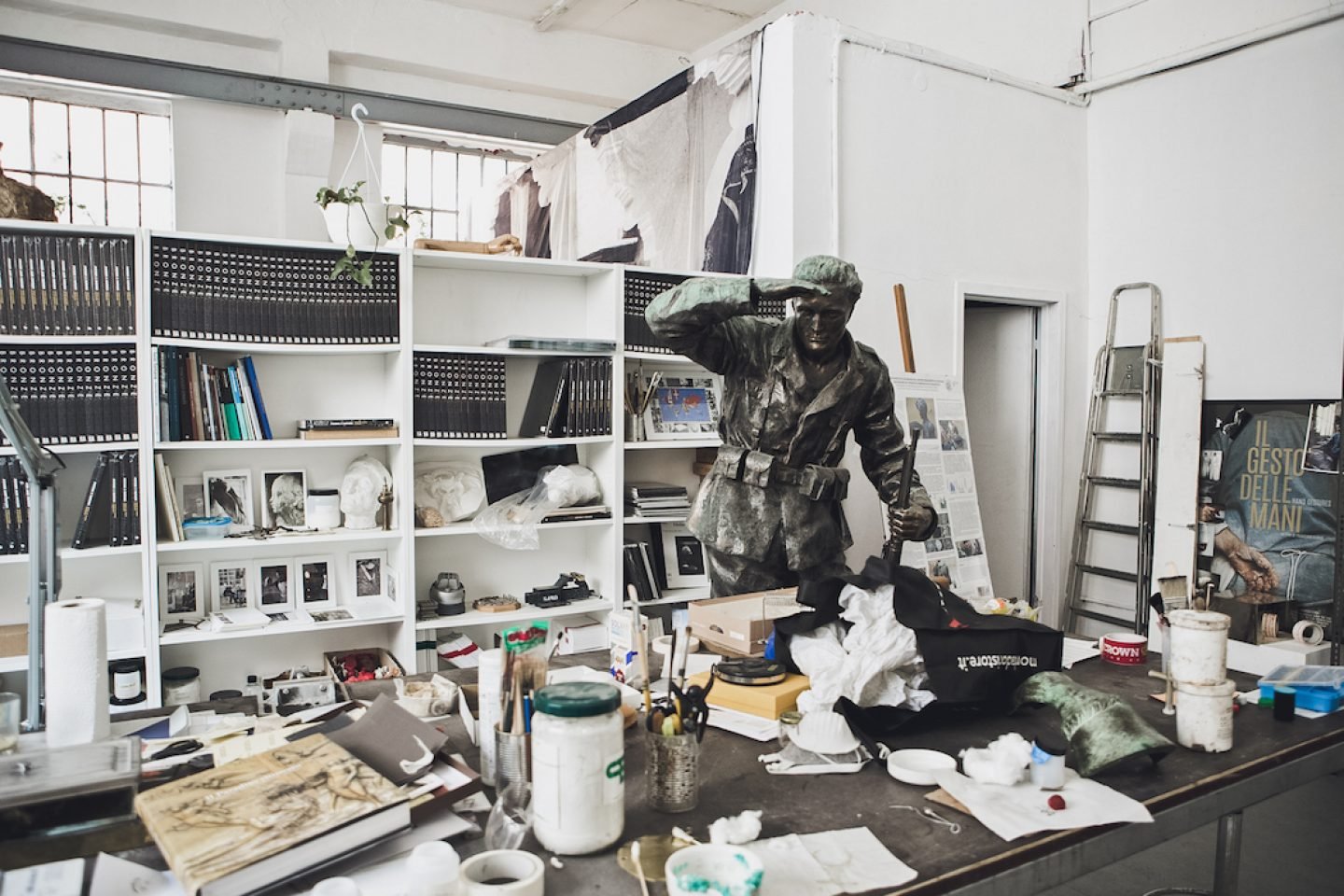
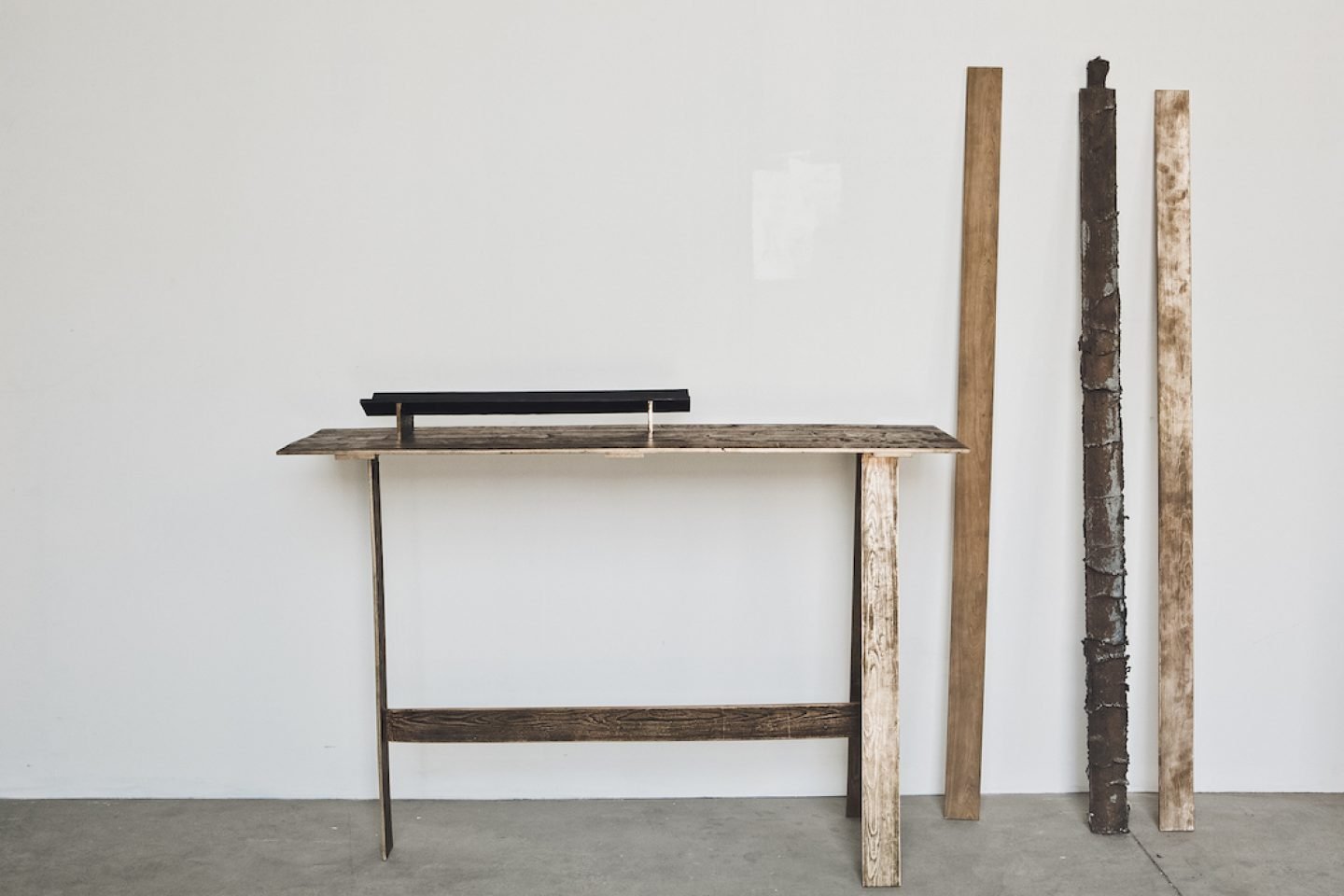
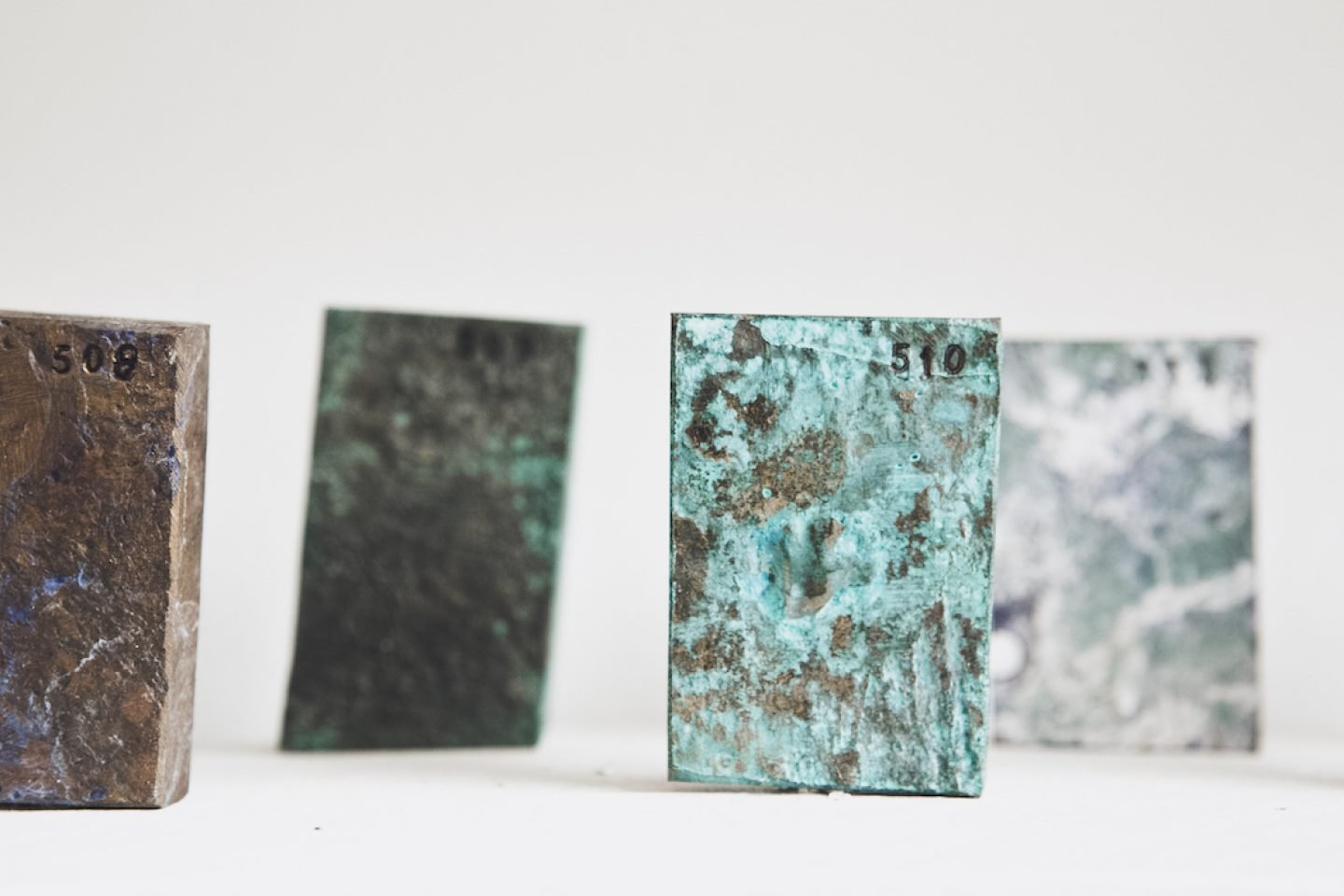
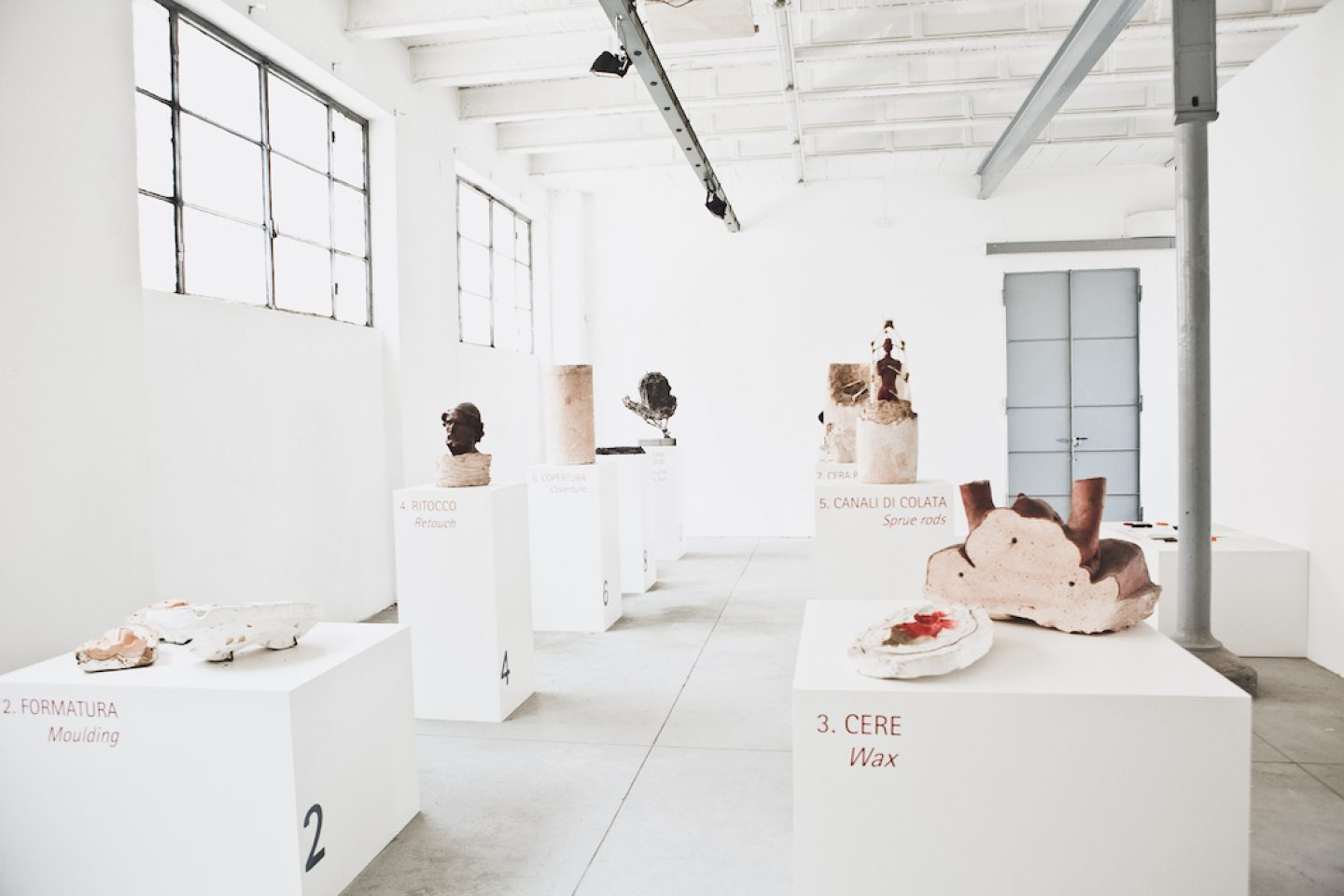
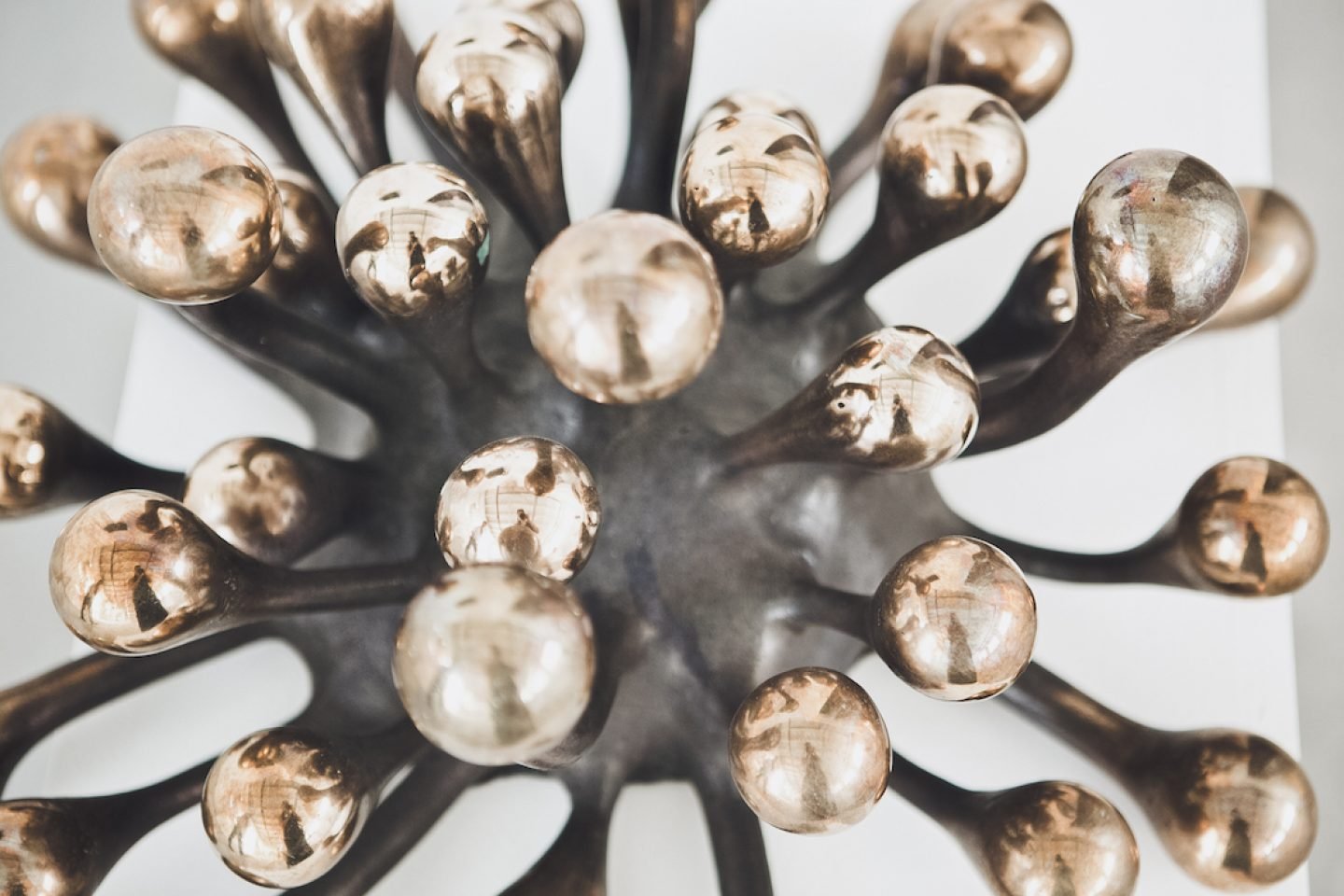
Your collaborations with local and international designers and artists has always been an important part of what you do. Who have you worked with the longest and closest? Are there any collaborations that are particularly close to your heart?
“Artists from the academy used to take their students to the foundry to learn the craft – at that time, our apprenticeships were with artists, not only with artisans.”There was one big one in the past, which has disappeared a little now – it’s a bit of shame. It was with the [Accademia di Belle Arti di Brera]. Artists from the academy used to take their students to the foundry to learn the craft – at that time, our apprenticeships were with artists, not only with artisans. Now, the academy is in a bit of a difficult moment. There’s a period of transition between generations, and collaboration is not really possible. But we do have more scientific partnerships – for example, with the Politecnico di Milano. They can do the analyses of materials in their department—for restoration and production, finding ways of preserving during the production. It’s a very nice collaboration. Now even with artists, we’ve started a programme of technical residences, in which we explore their processes and in exchange we get new materials for the material archive we’re building. It’s an opportunity for mutual exploration.
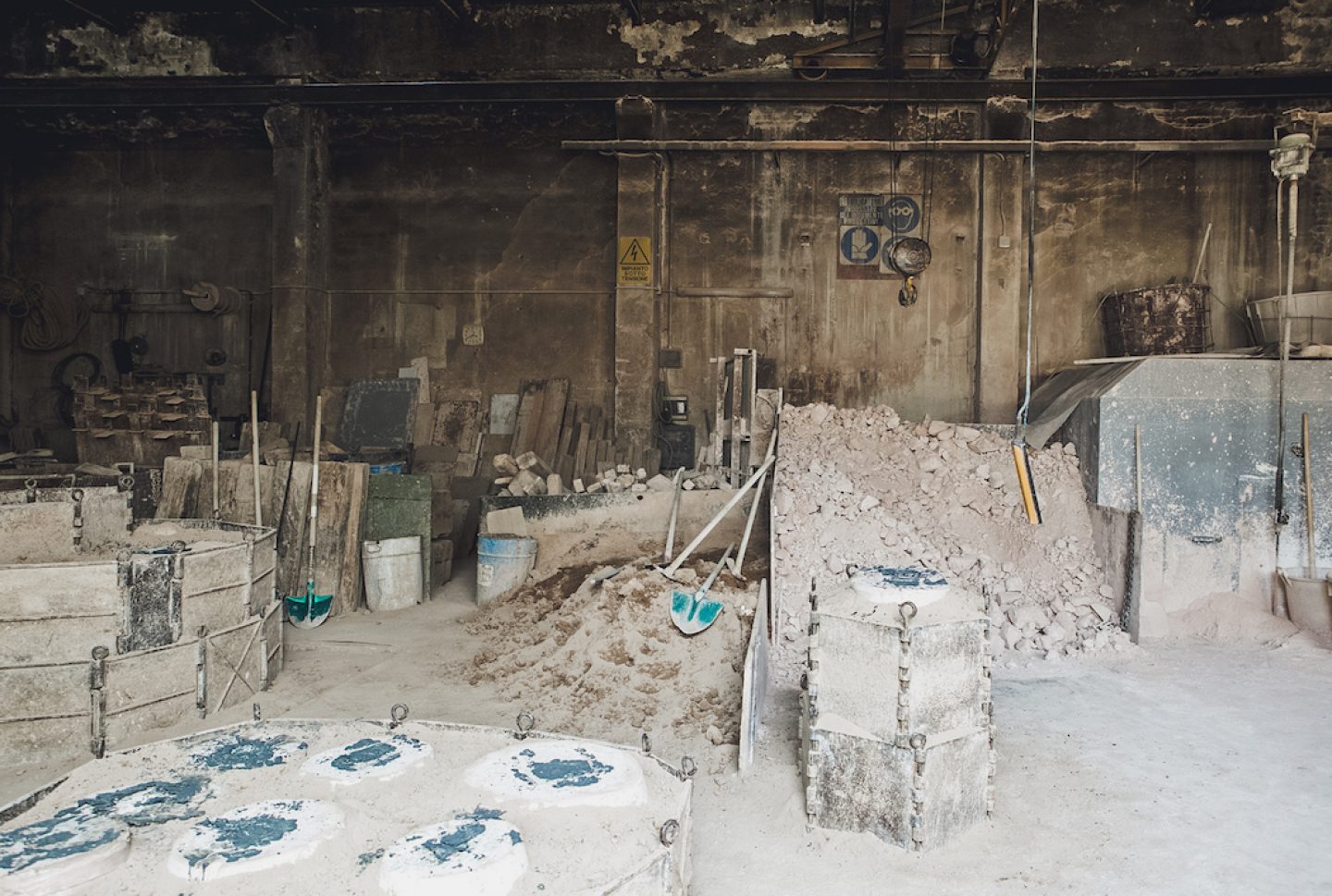
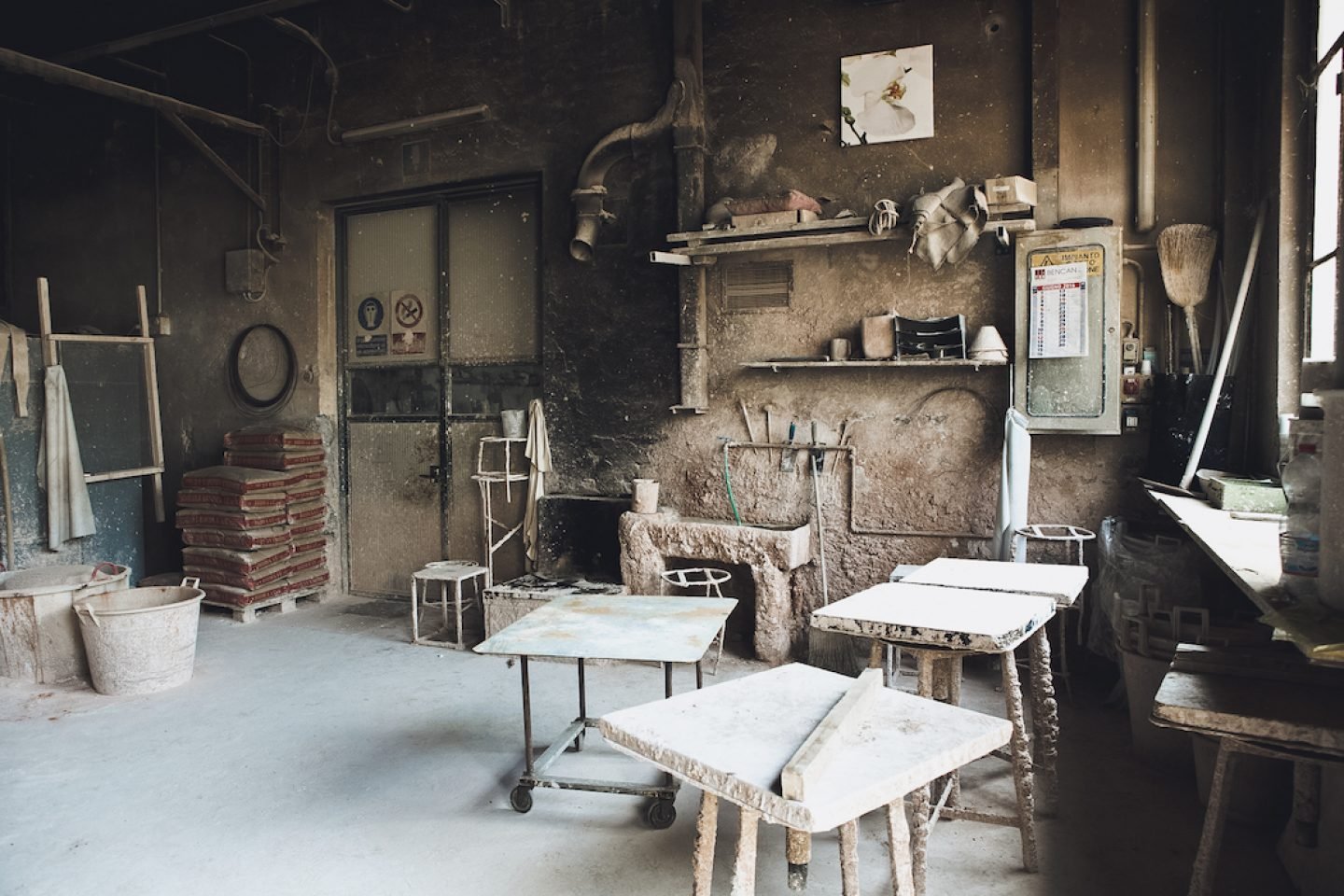
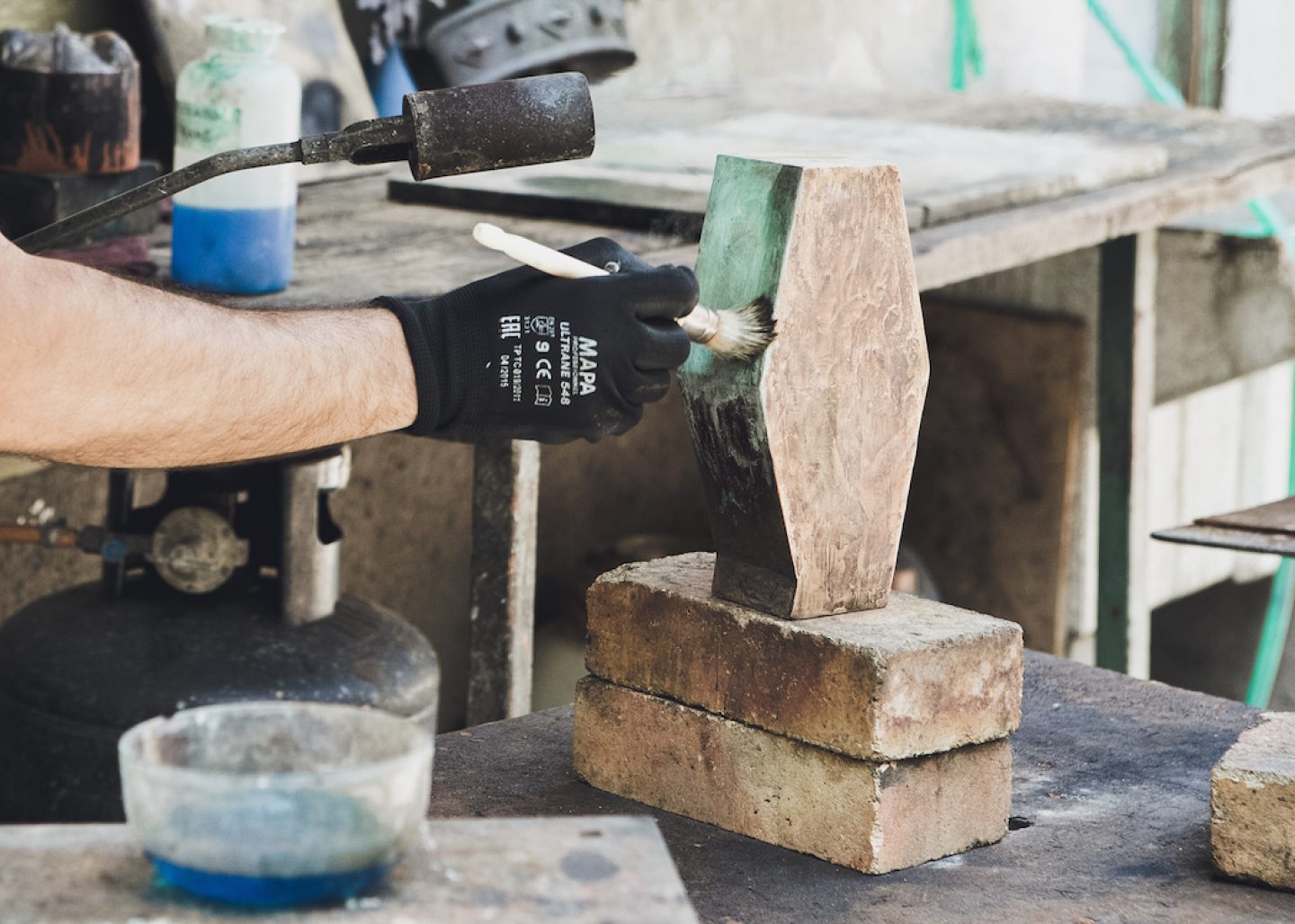
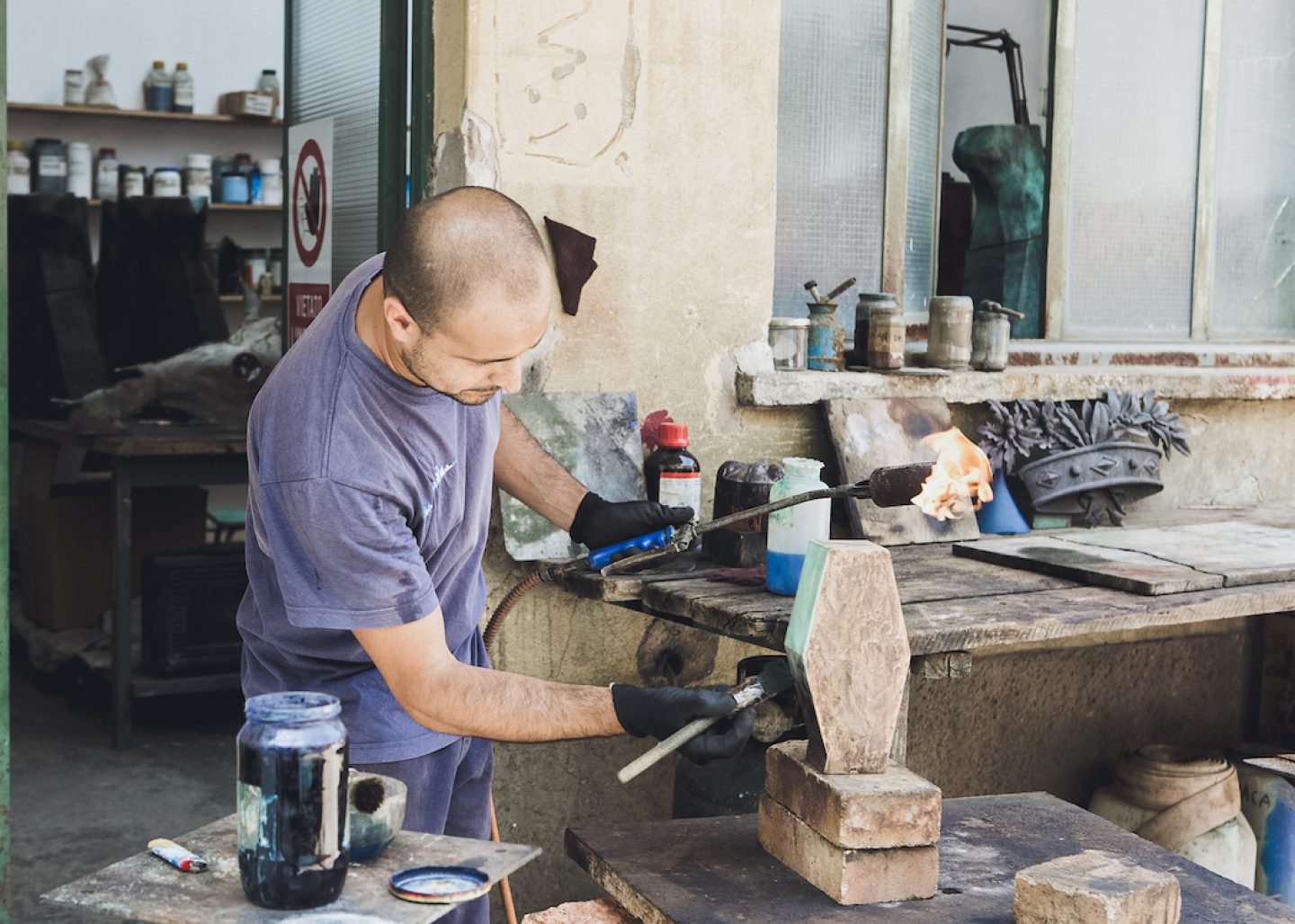
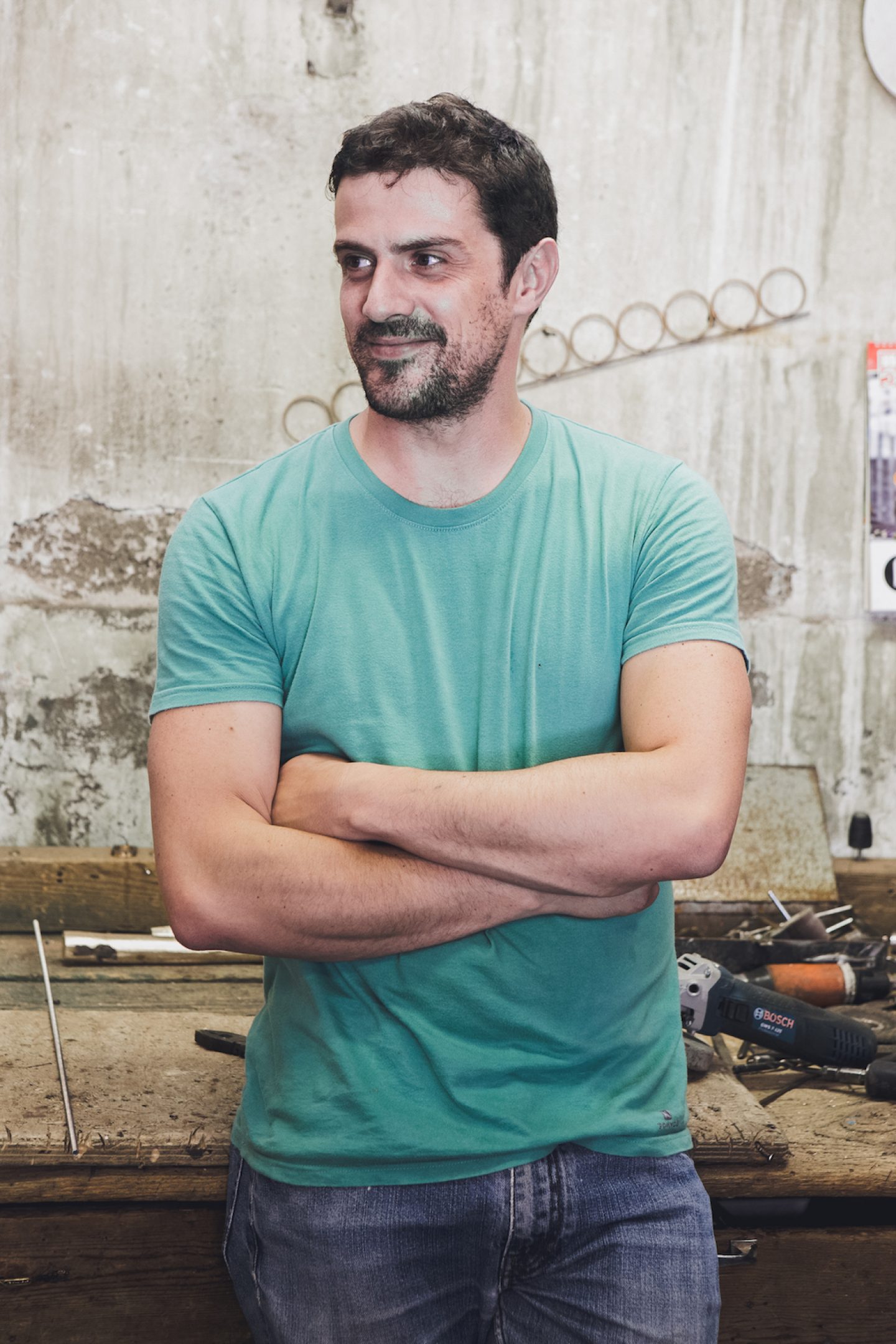
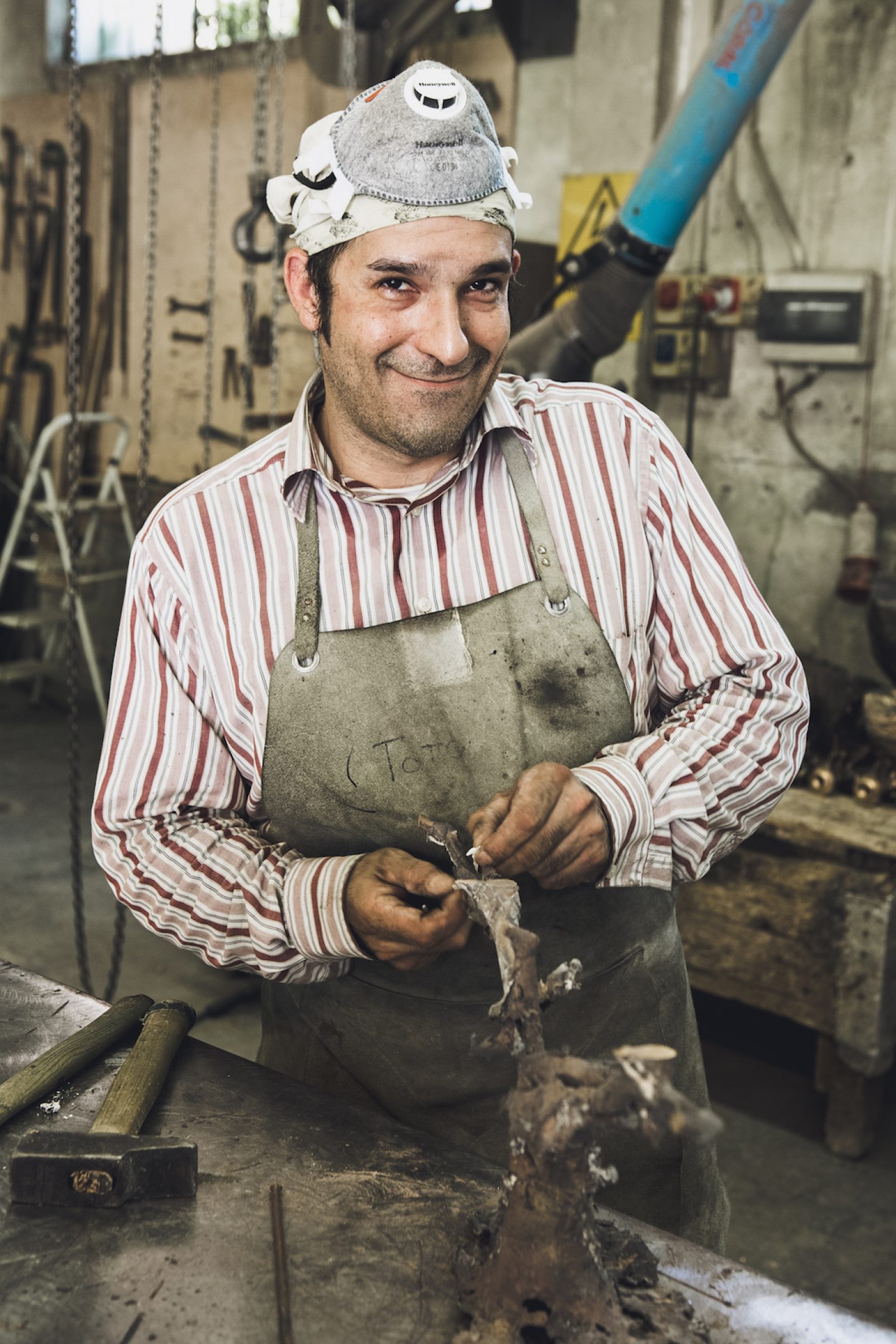
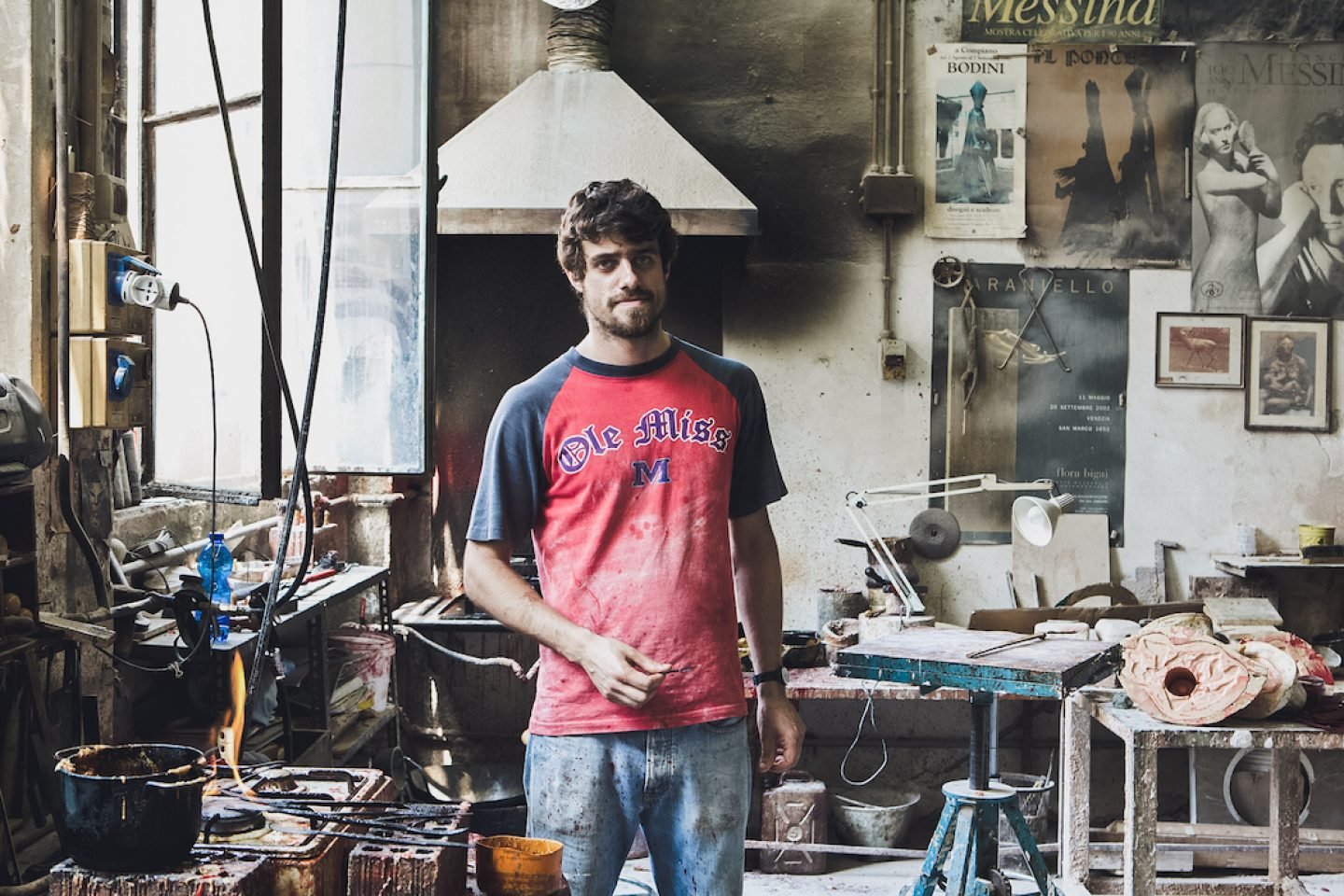
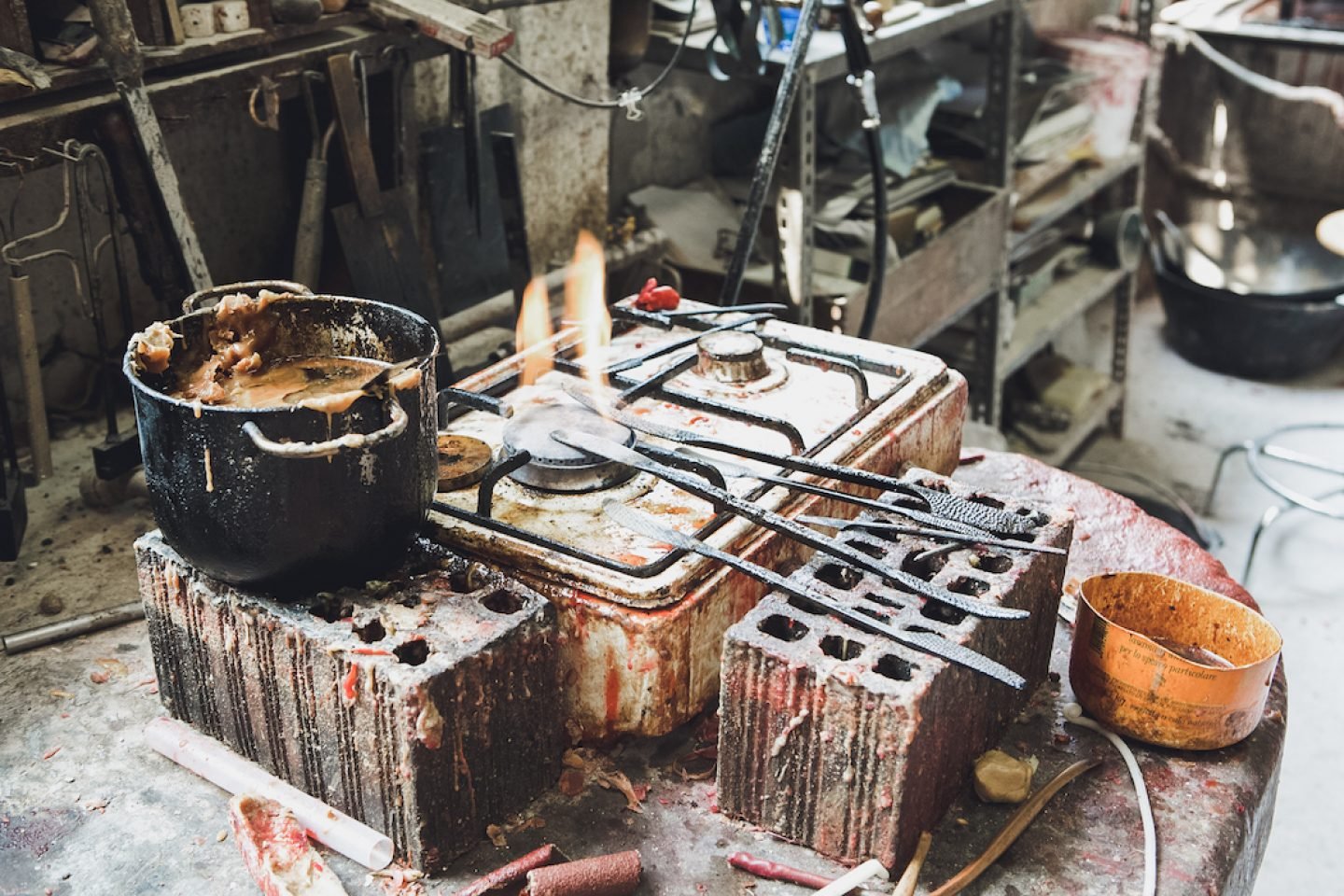
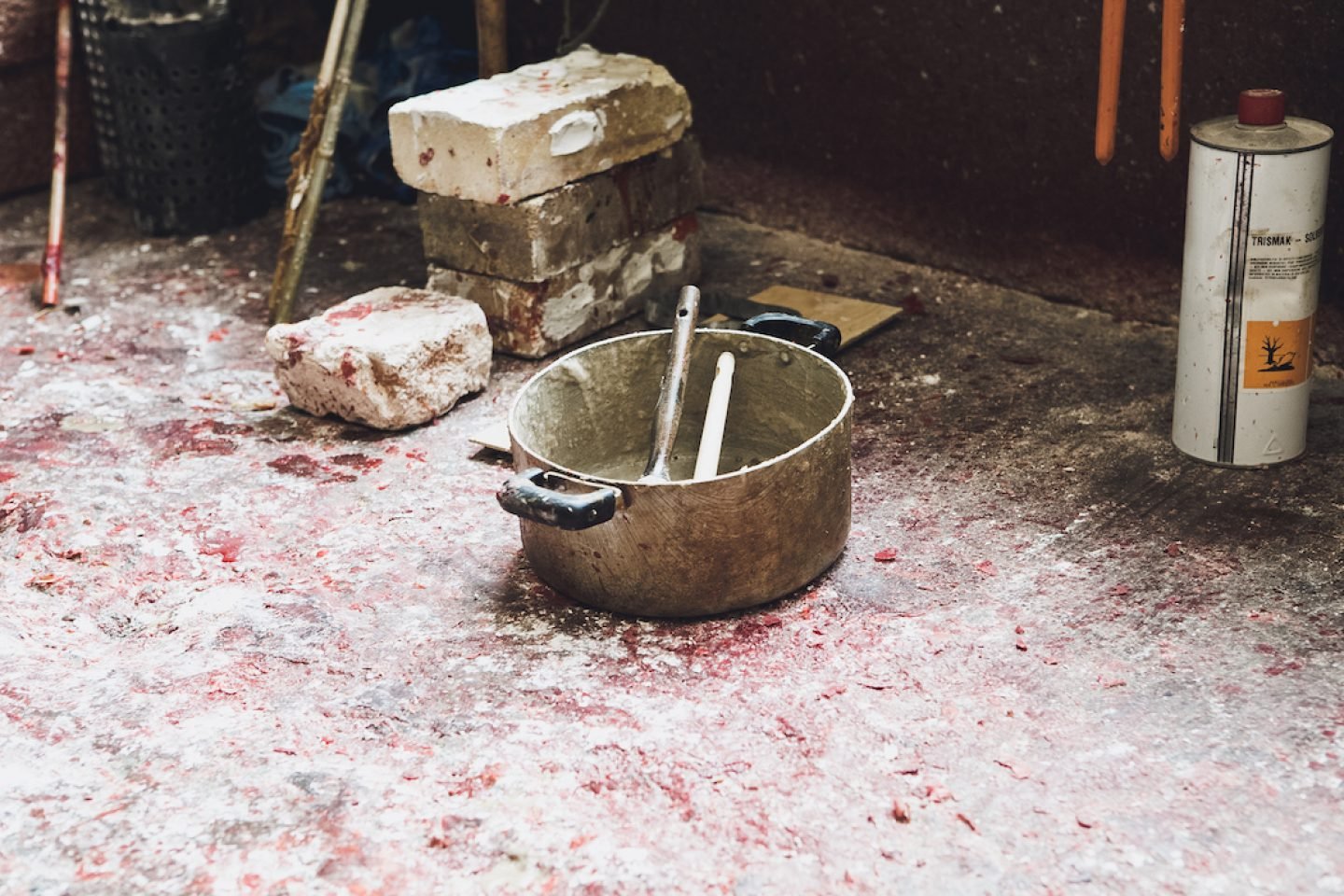
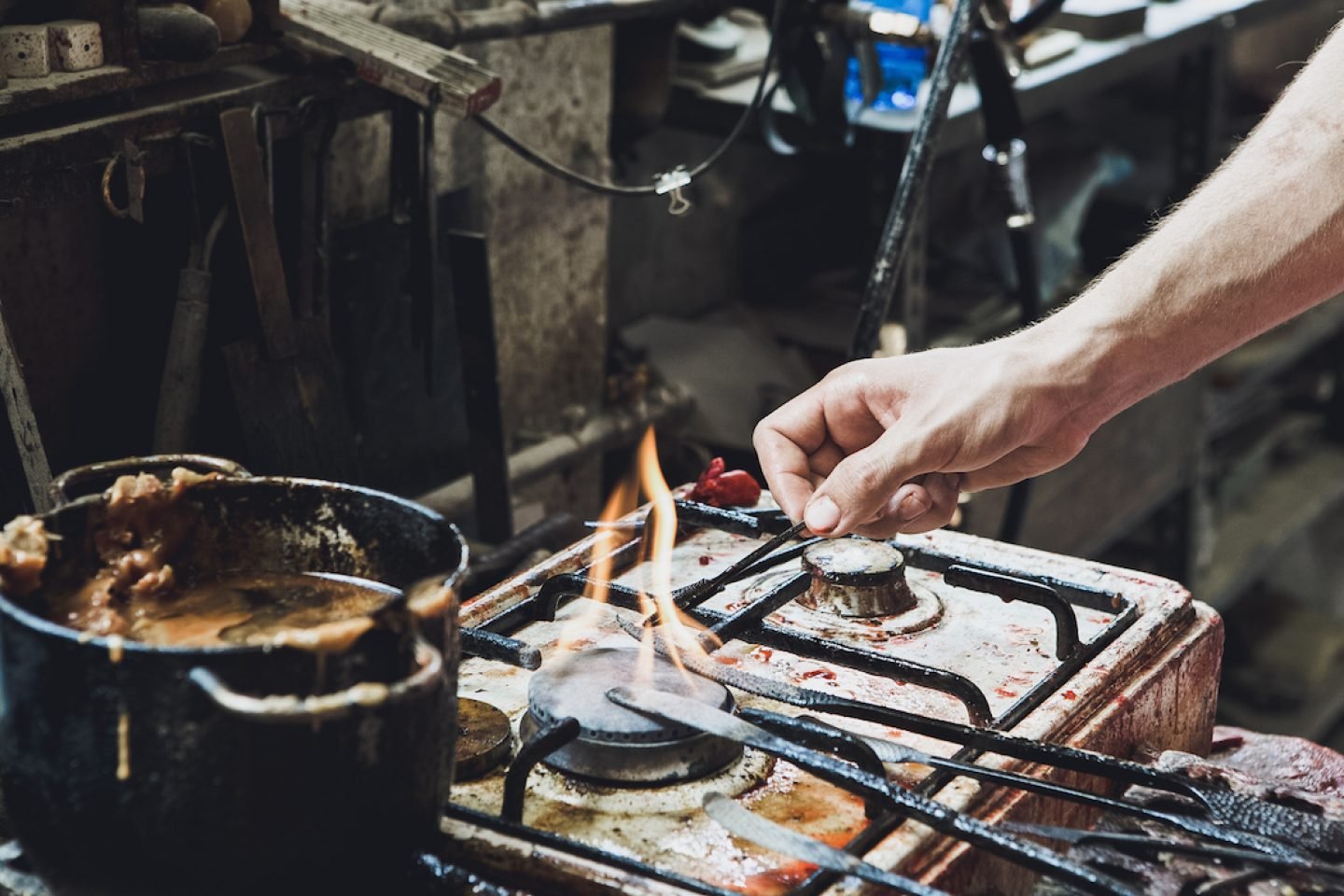
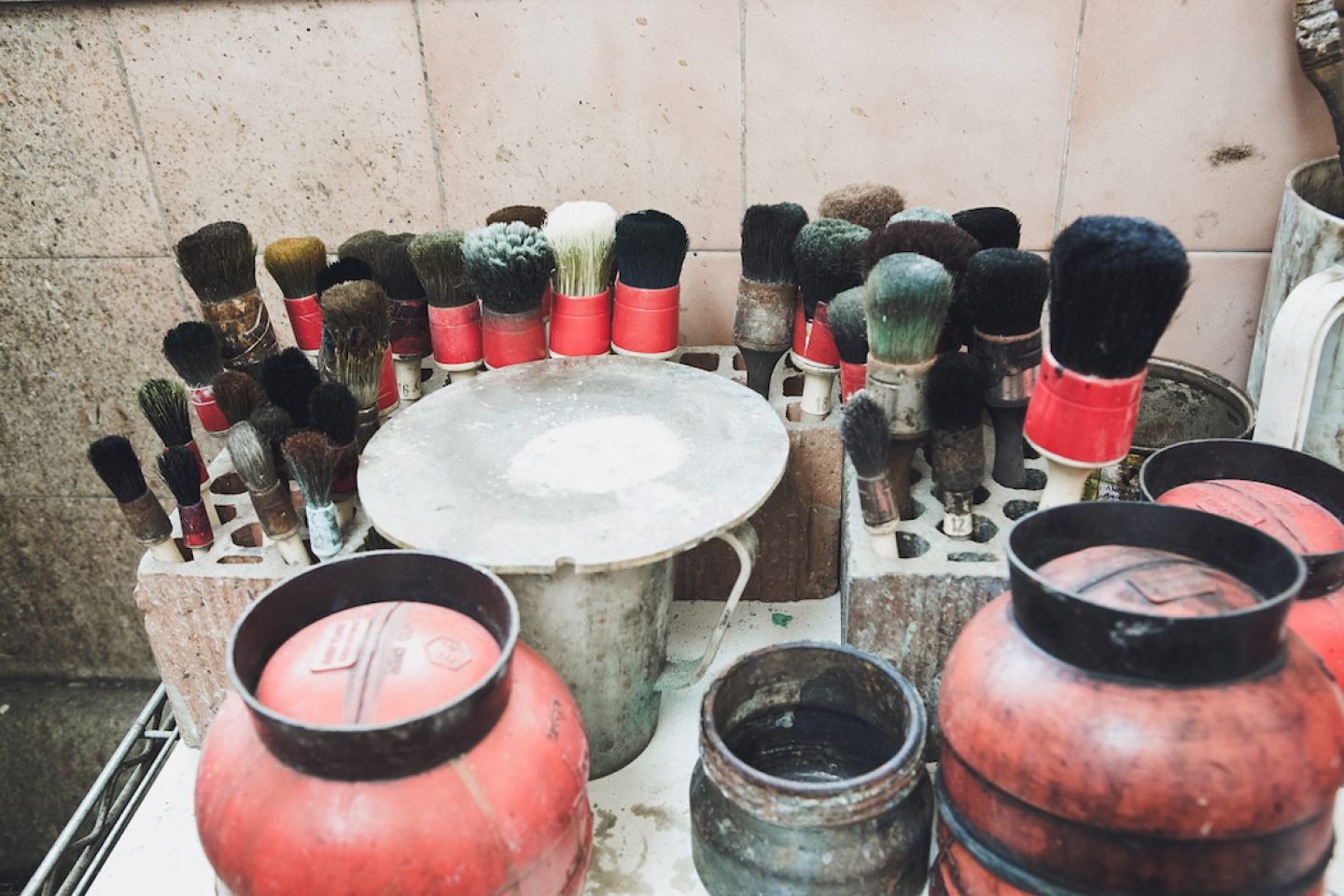
You are well known for your collaborations with international design studios, for example your recent work with Giustini / Stagetti Galleria O. Roma, Formafantasma and Domitilla Dardi for Design Miami/Basel. How would you bring together your heritage and the contemporary in your collaborations?
“Formafantasma are very compatible with us in terms of doing lots of research on materials, so the process for them is very important.”So because we’re in the field of design, we have a lot of requests from designers to work together. It’s conceptually more about the materials in design, and sculpture, of course. It was a beautiful collaboration, because Formafantasma are very compatible with us in terms of doing lots of research on materials, so the process for them is very important. They have more of an artistic approach to the functional. And the gallery is very well-known in Italy, and very knowledgeable, so it was a fantastic opportunity for us to work with them. No-one really knew how the result would turn out, so for us all, it was kind of a fresh chapter.
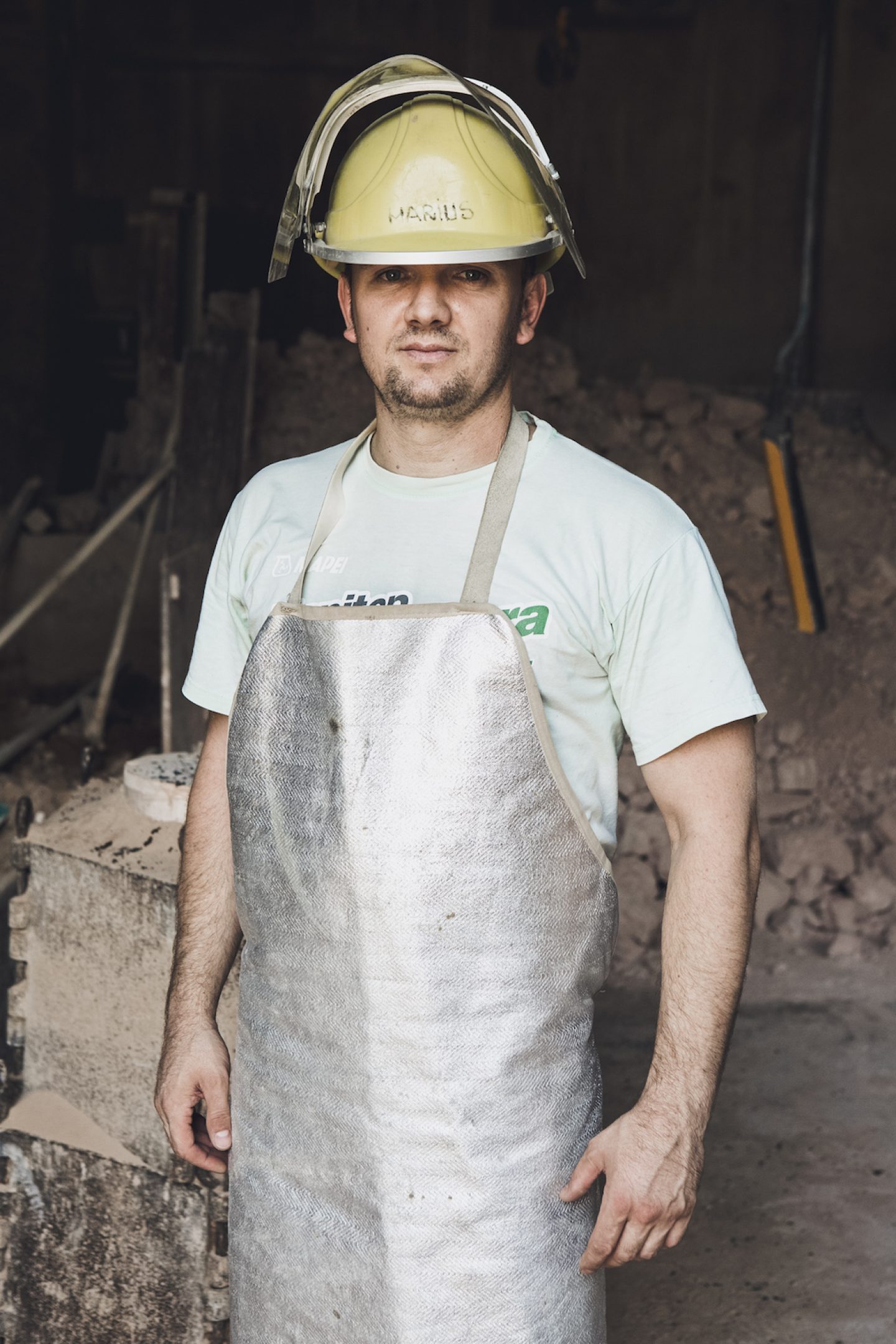
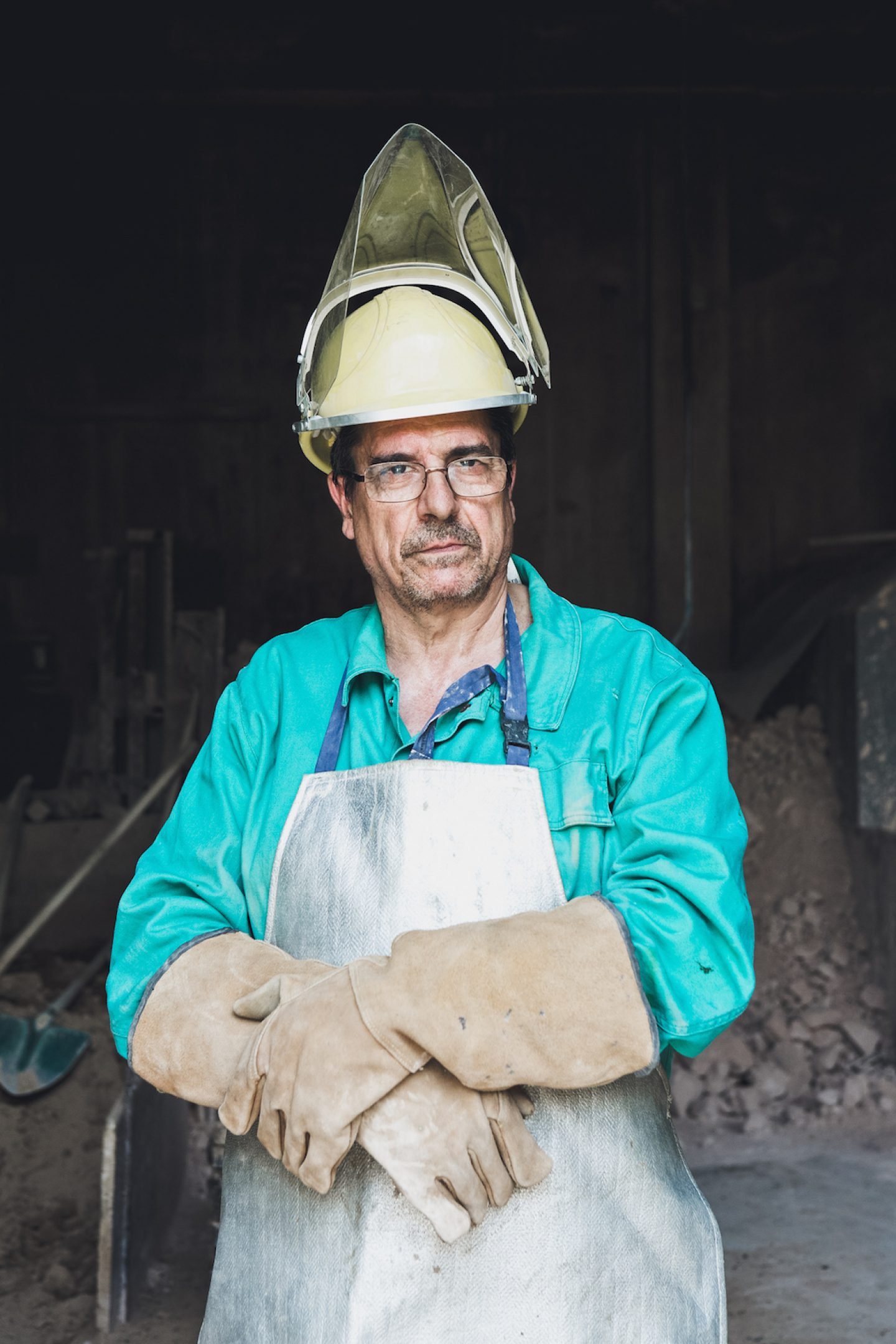
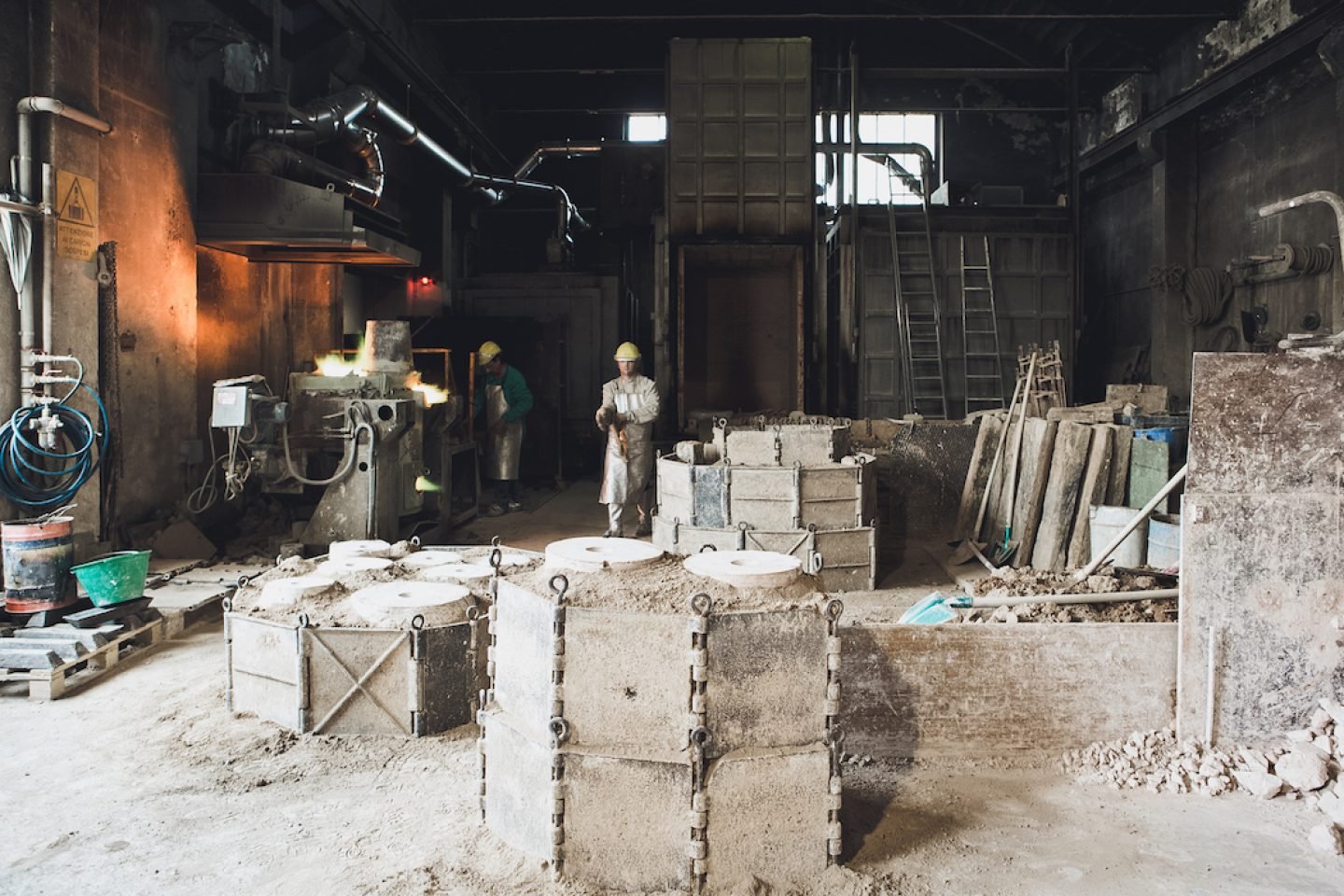
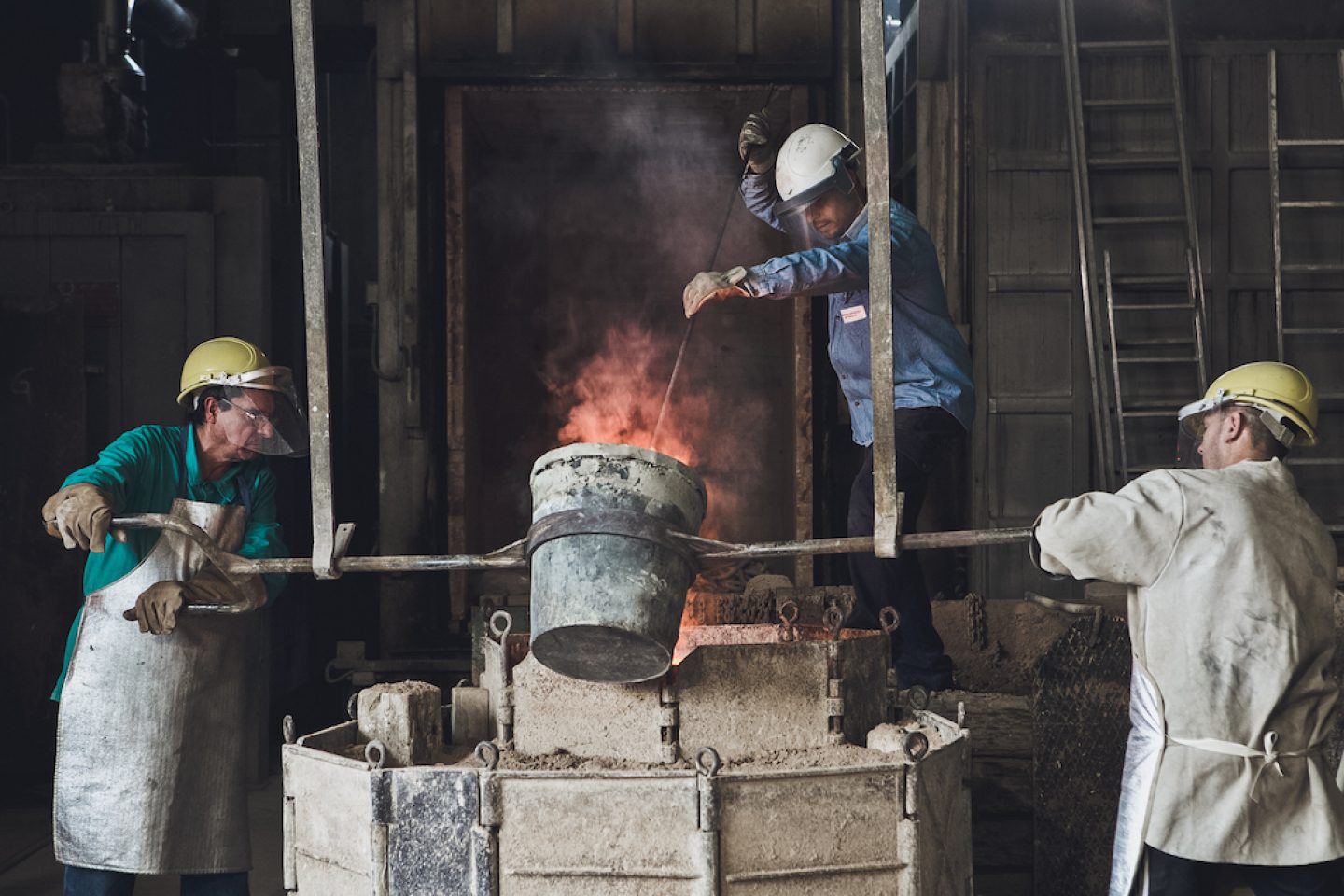
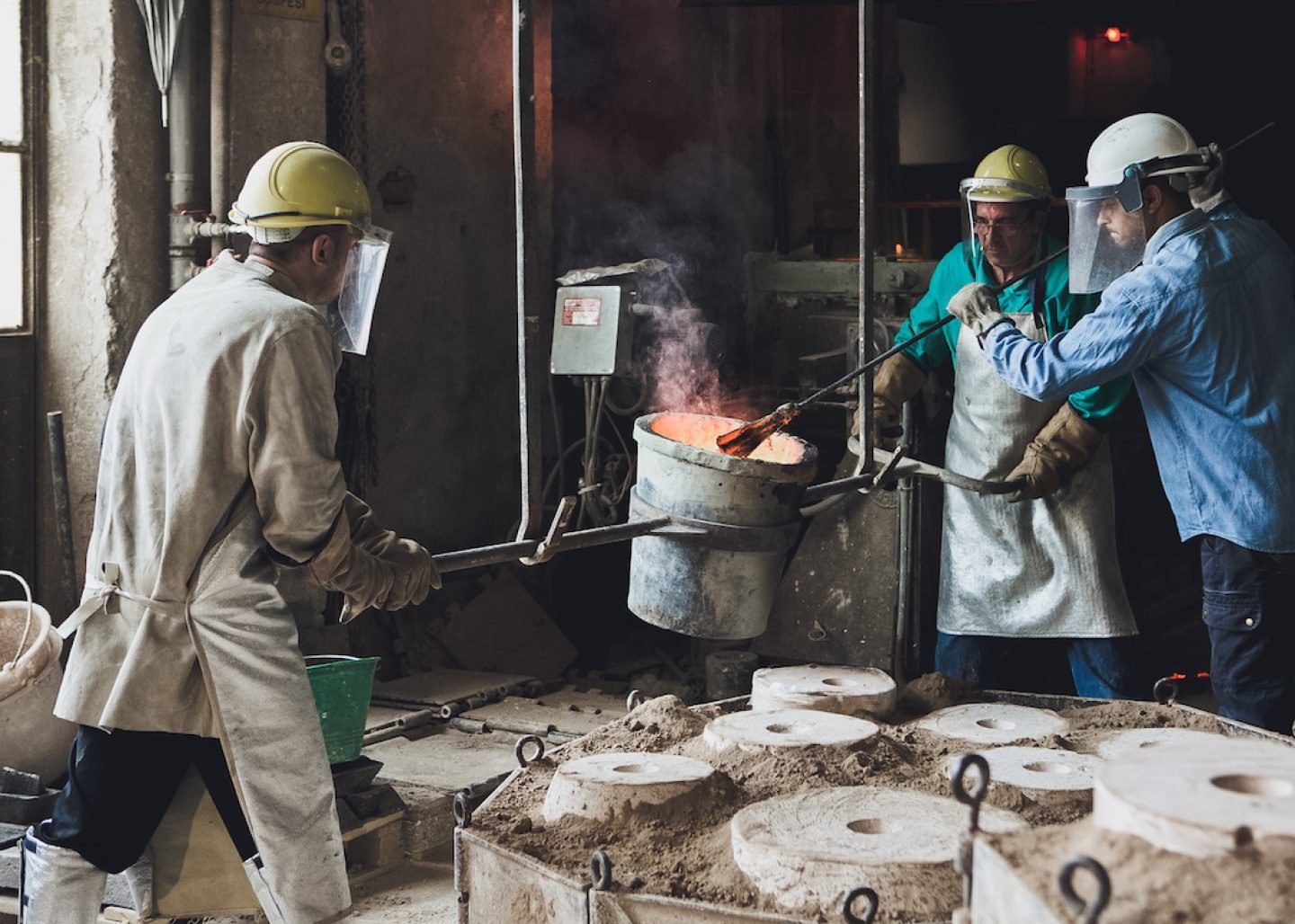
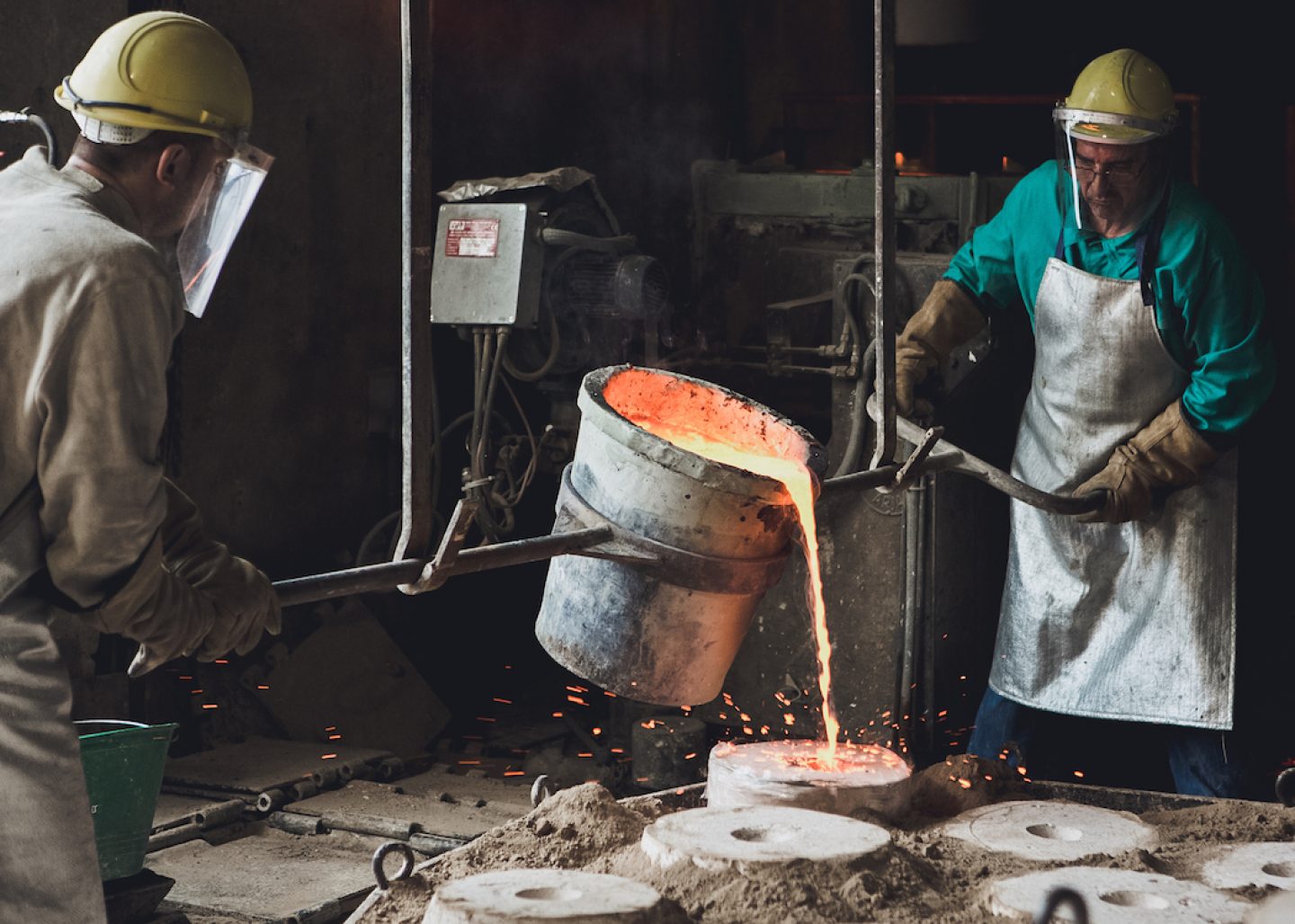
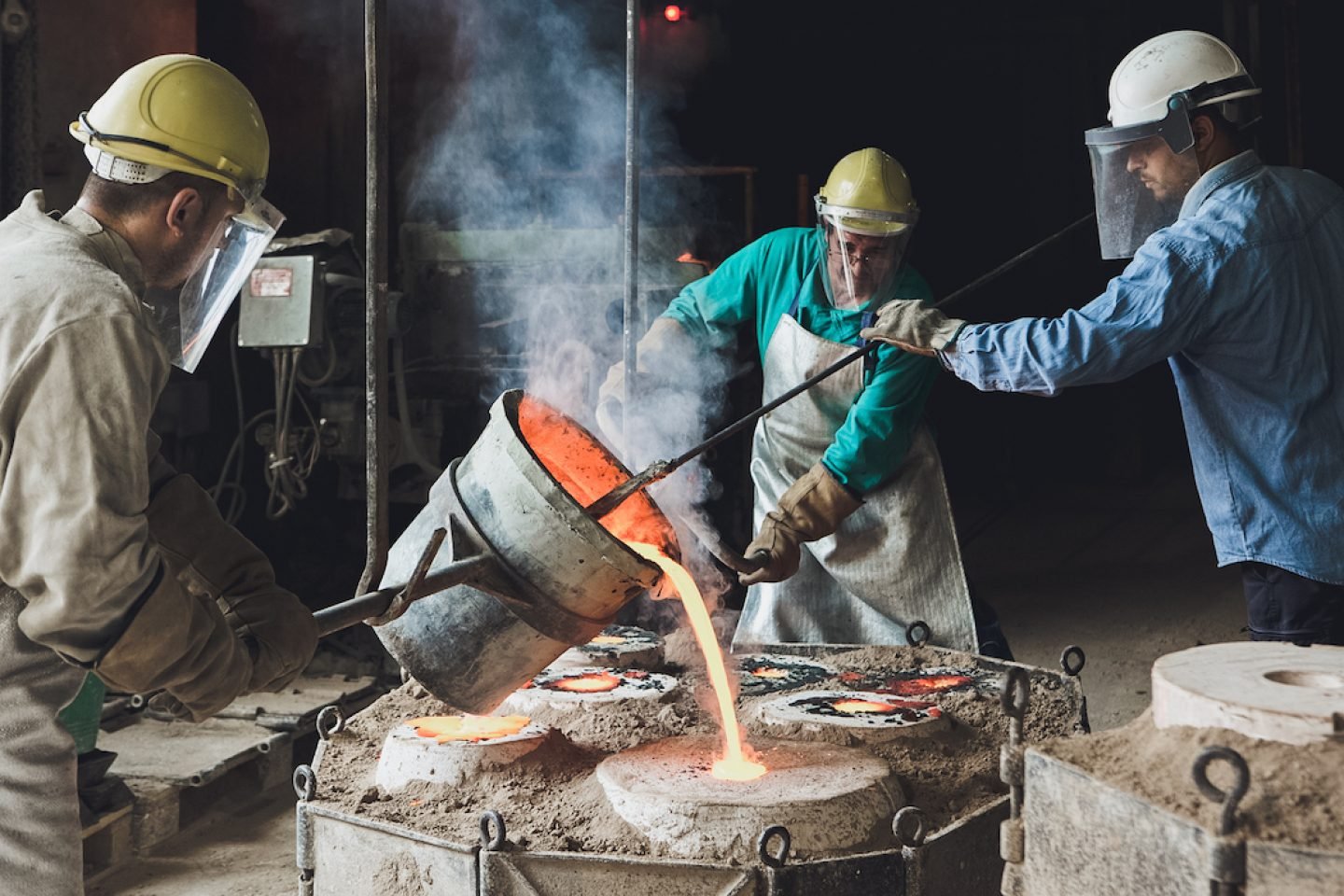
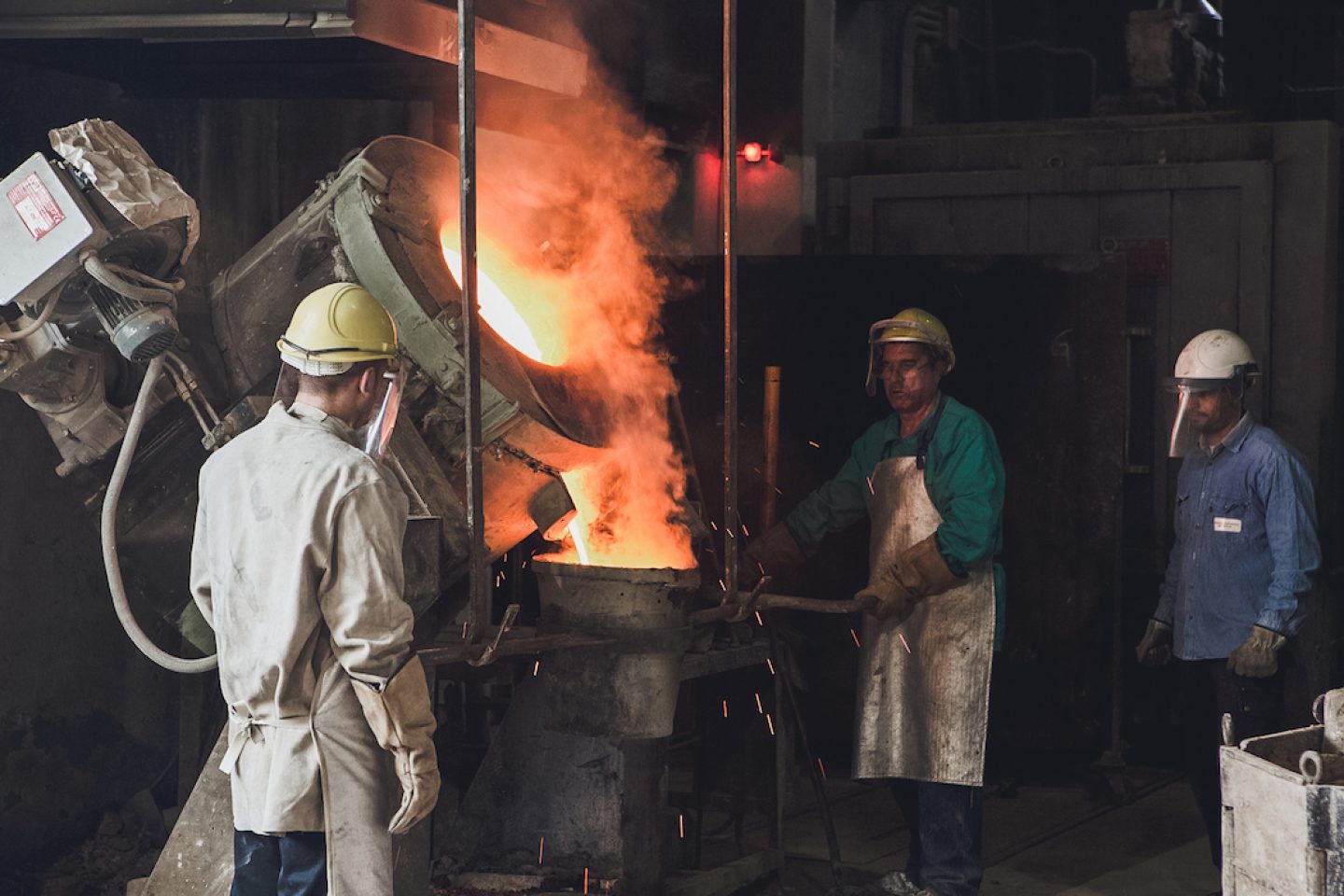
Not only a foundry, you offer an art space and artist residencies, museum, workshops, and events, publications and consulting services. What place does bronze casting and sculpture play in the Italian artisanal tradition, and how is its importance conveyed through the various branches of Fonderia Battaglia?
“The space it like a cathedral, where something is created – we wanted to give a voice to the building as well.”The common matrix between all our threads is bronze. So we have restoration design, and sculpture treatment, and we work with the historical and the technical, and then we also have residencies. We are very much trying to support young artists, with competitions for example, and artists from overseas often bring something new to the foundry too. With the archive we want to document and to allow the artists to discover more about our history and traditions. And we did a series of concerts in the rooms of the foundry, because we wanted to embed the works in an atmosphere. The space it like a cathedral, where something is created – we wanted to give a voice to the building as well. It was a chance to invite friends of the foundry to experience the atmosphere in a new dimension.
You’re located in the centre of Milan. How would you describe the mood of the city’s creative industry, and in which direction do you see it heading in the next few years?
In a very good one, actually. I was away from Milan for many years, and since I’ve been back I’m seeing a lot happening in very interesting ways. The foundry is much more rooted in the art world—design has always been a powerful language, but Milan can also offer much more to the artist now—it’s a very attractive place for people to move to. Milan is nourishing a lot of possibilities for connecting tradition with experimentation and the new, so I hope it will keep developing from this point.
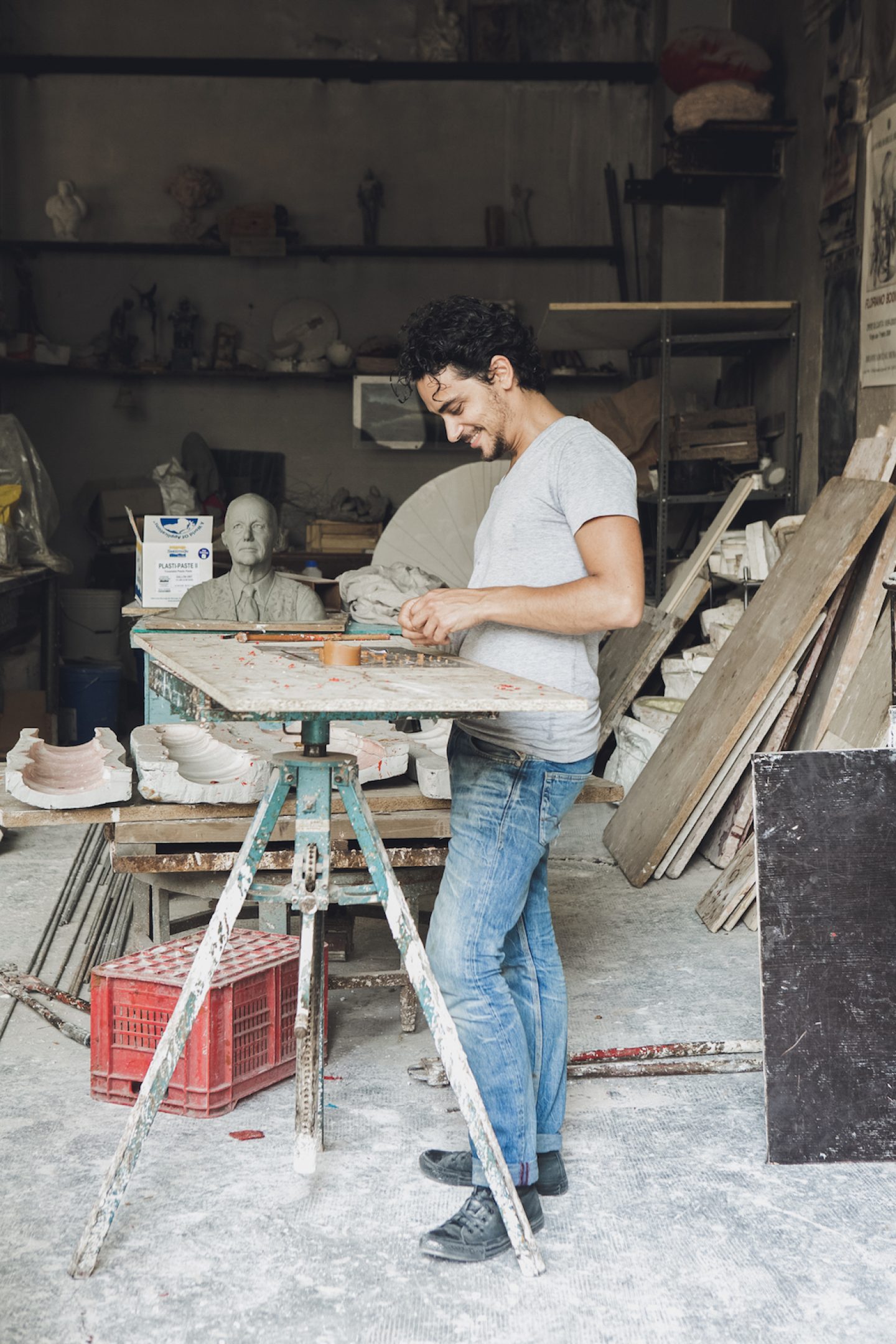
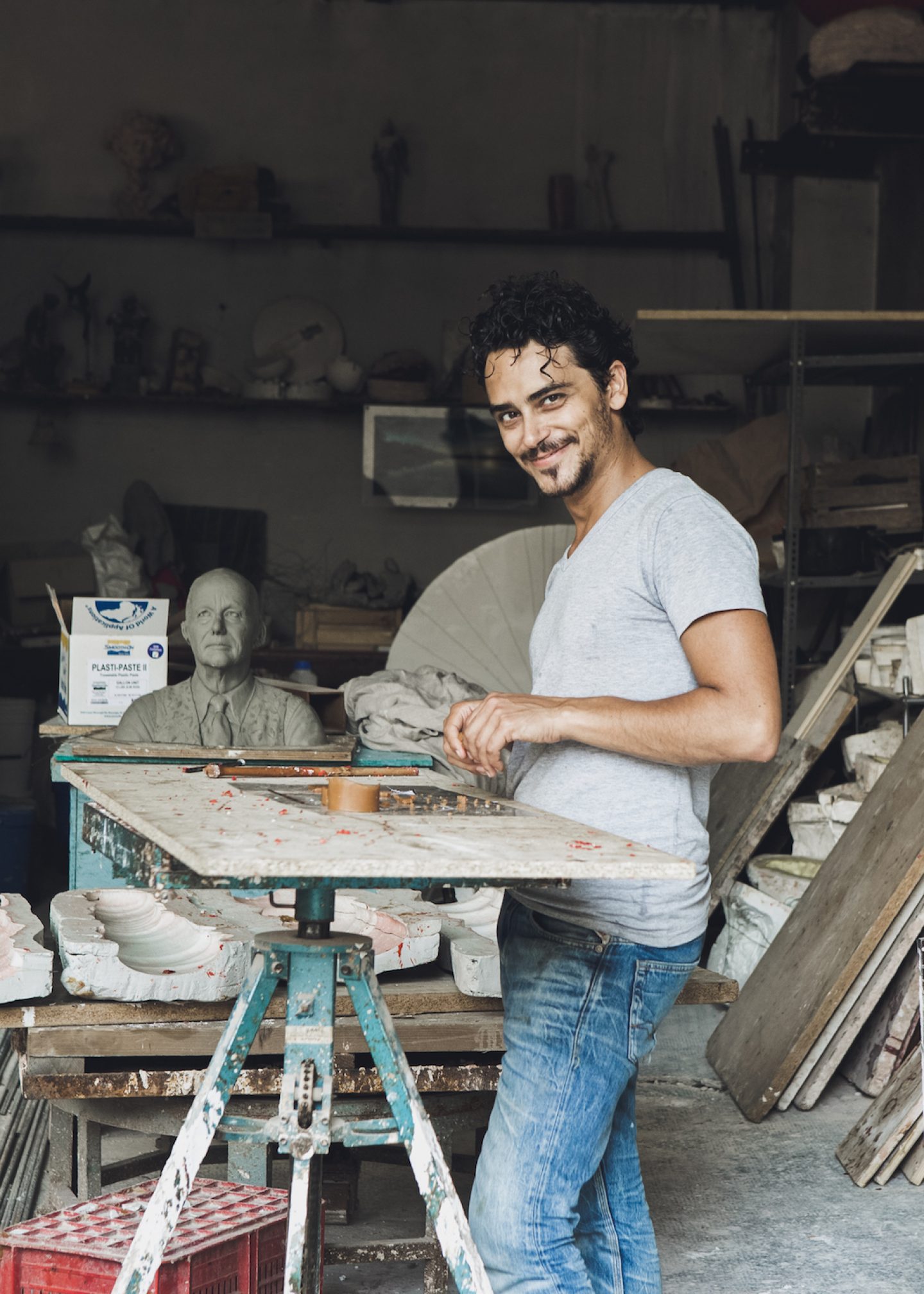
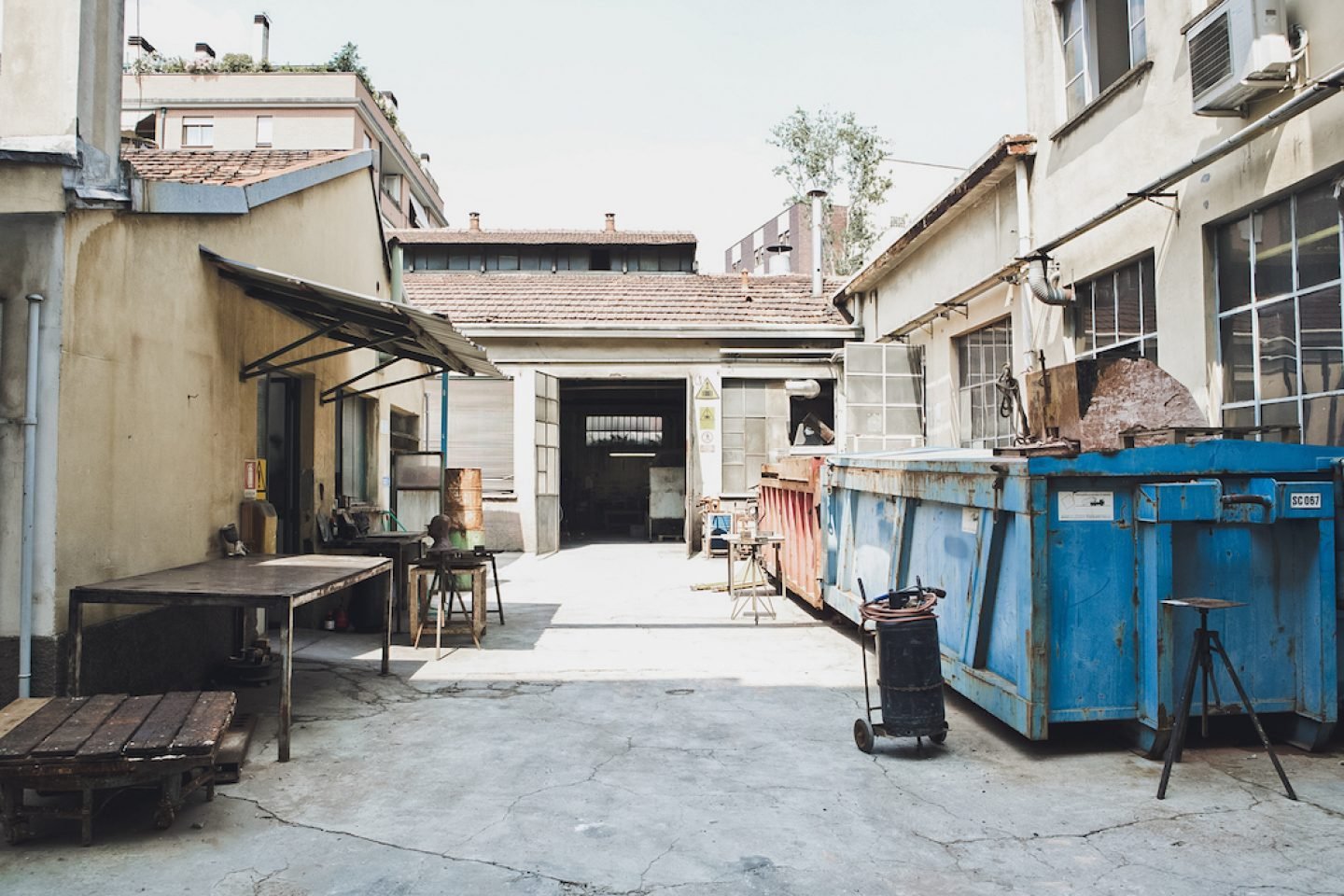
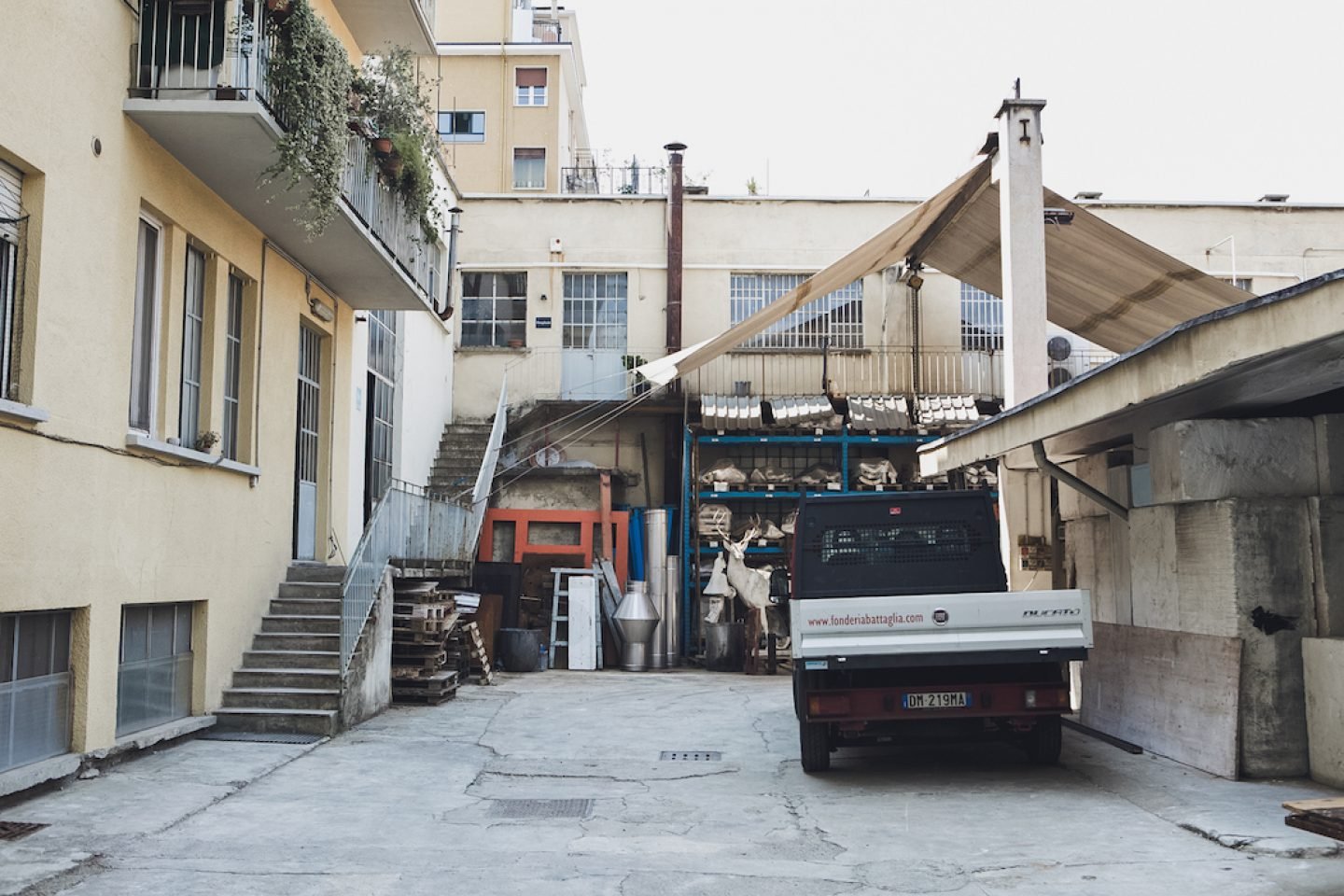
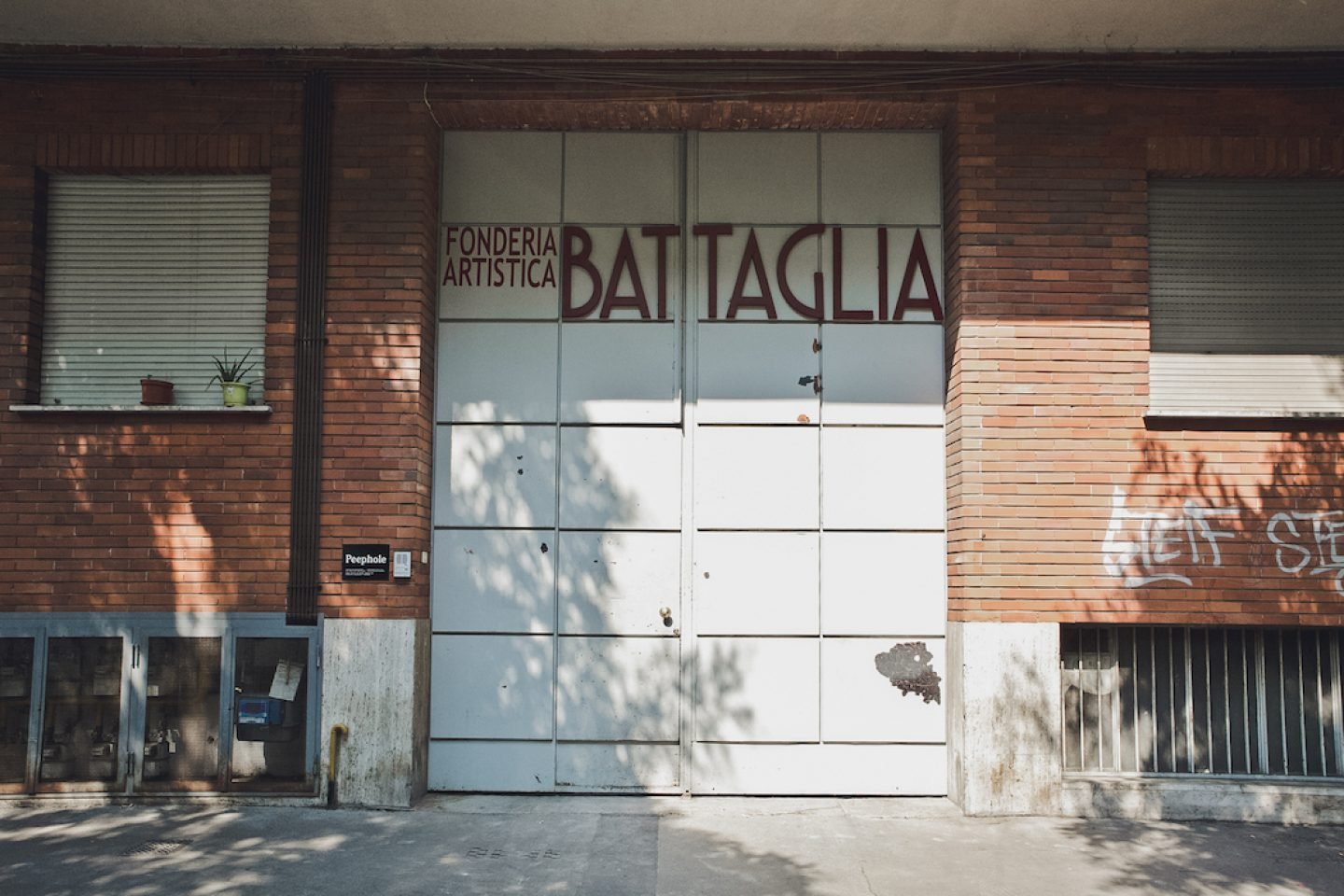
All images © Jessica Pepper-Peterson, created exclusively for IGNANT and edited by Clara Renner. This interview was Wunderkammer and condensed. Interview and text by Anna Dorothea Ker.
